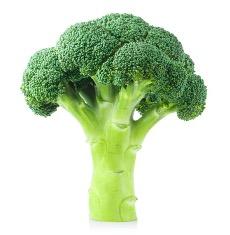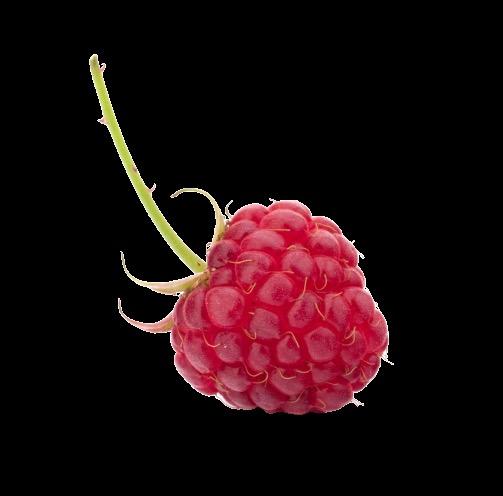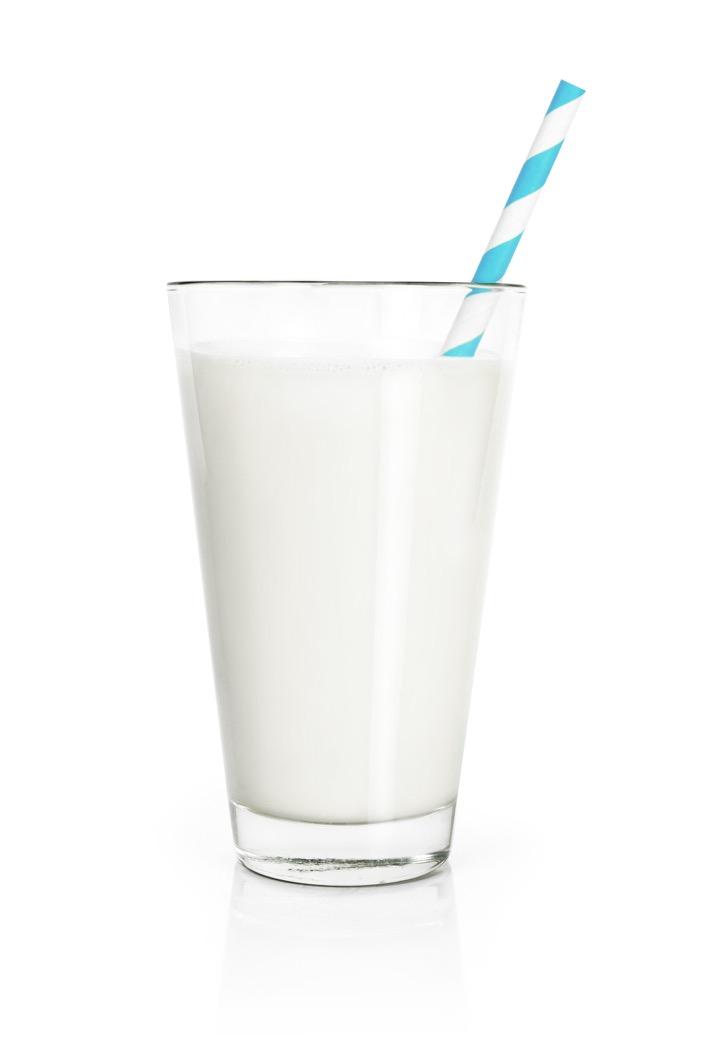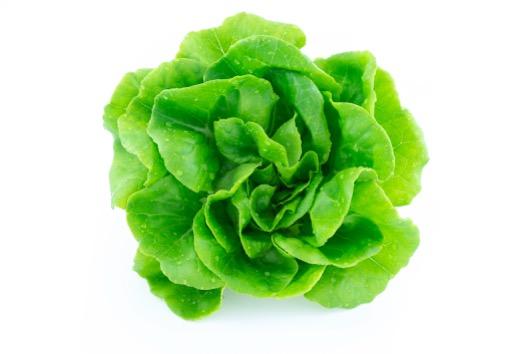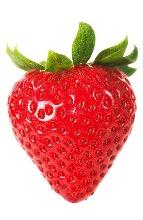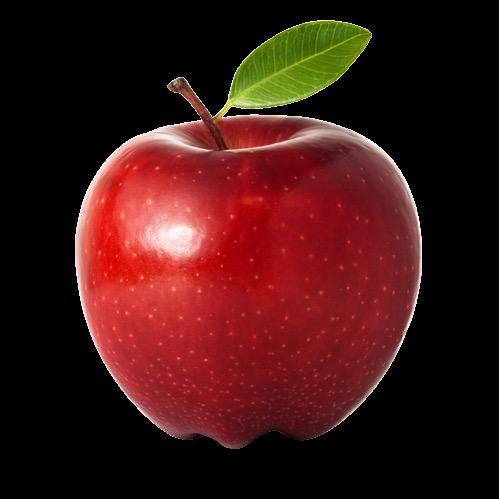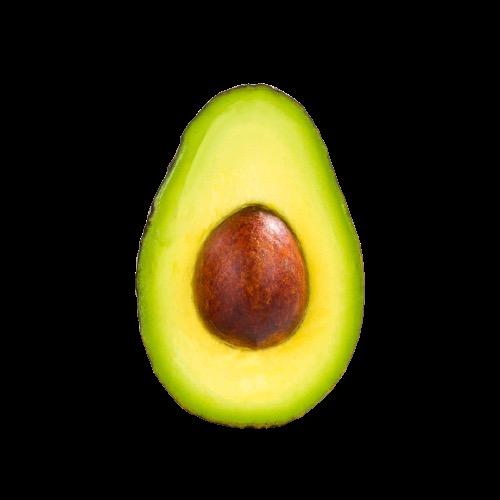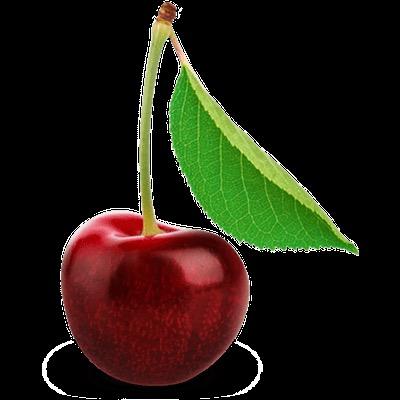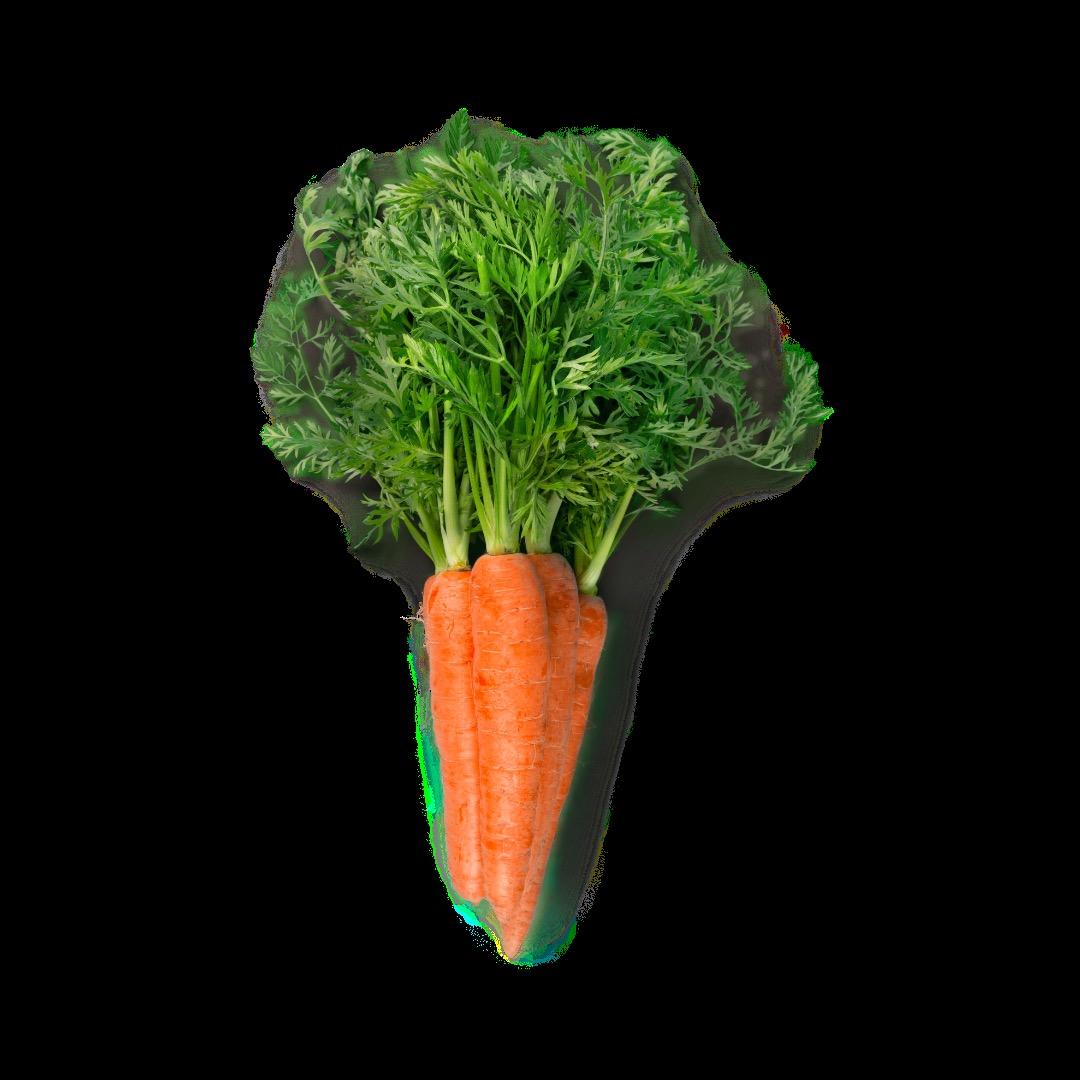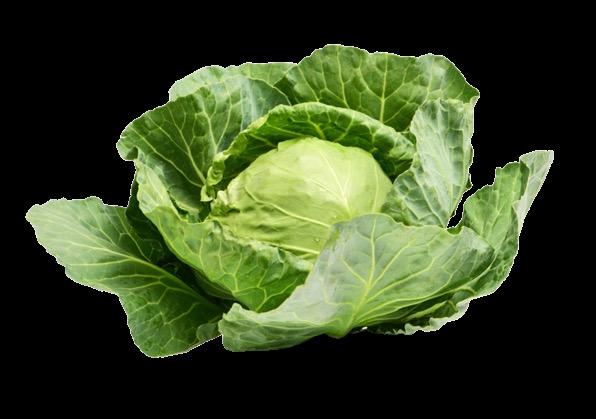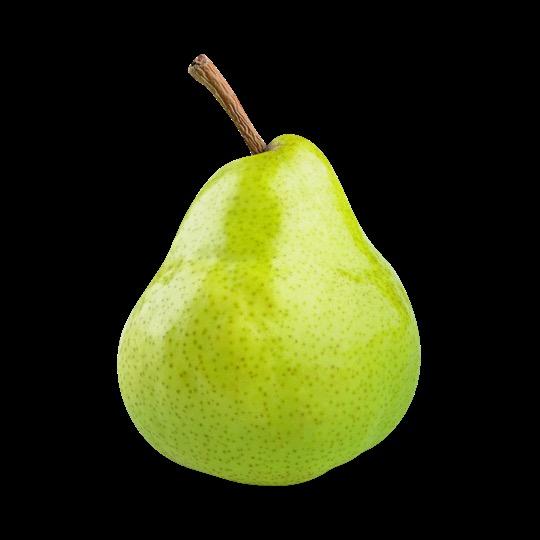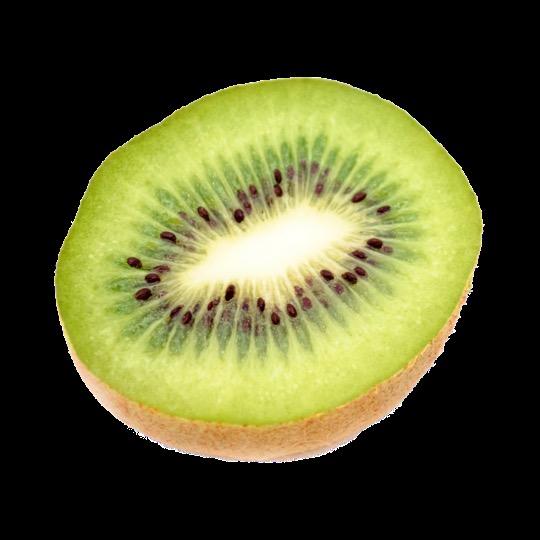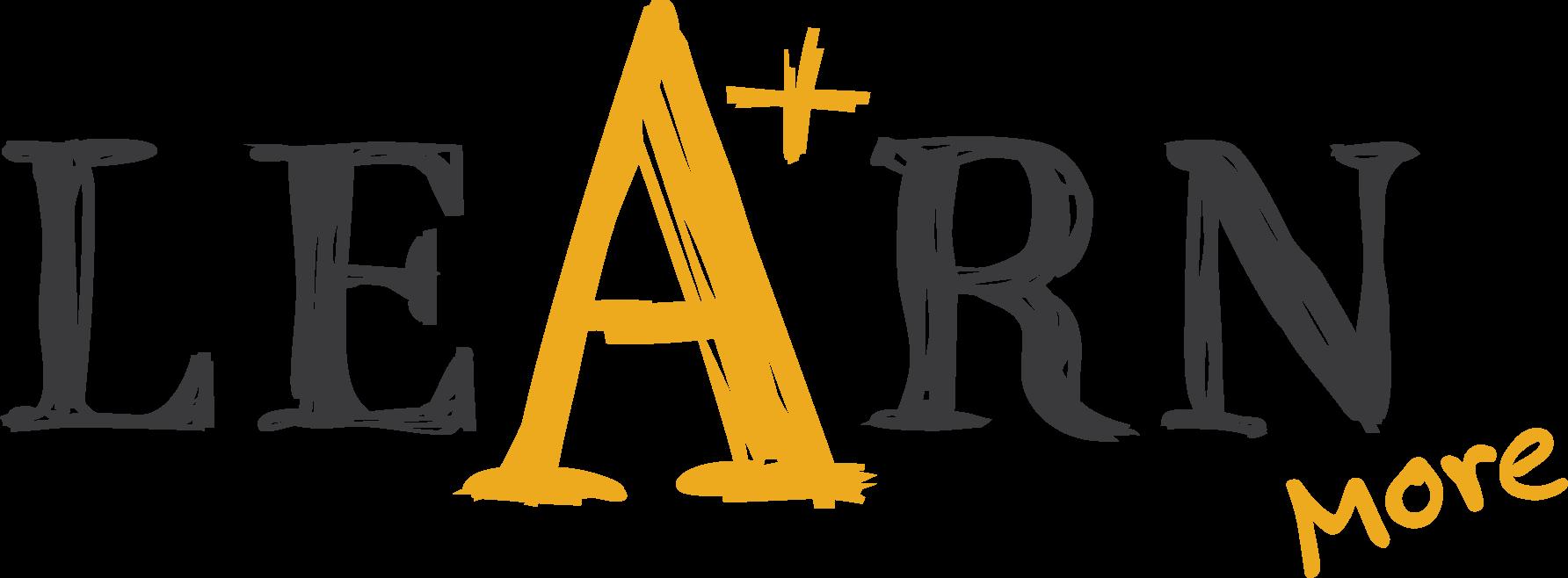
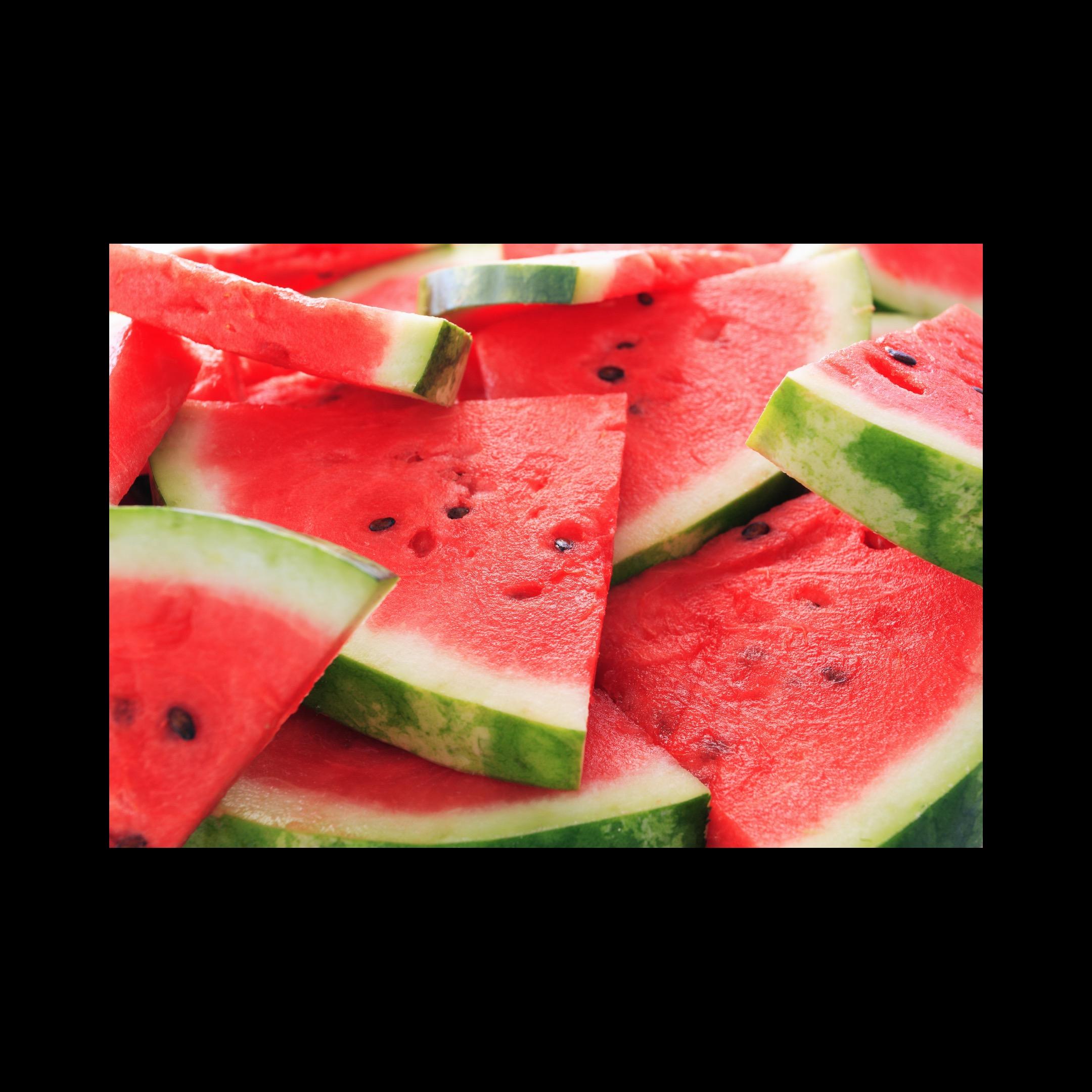
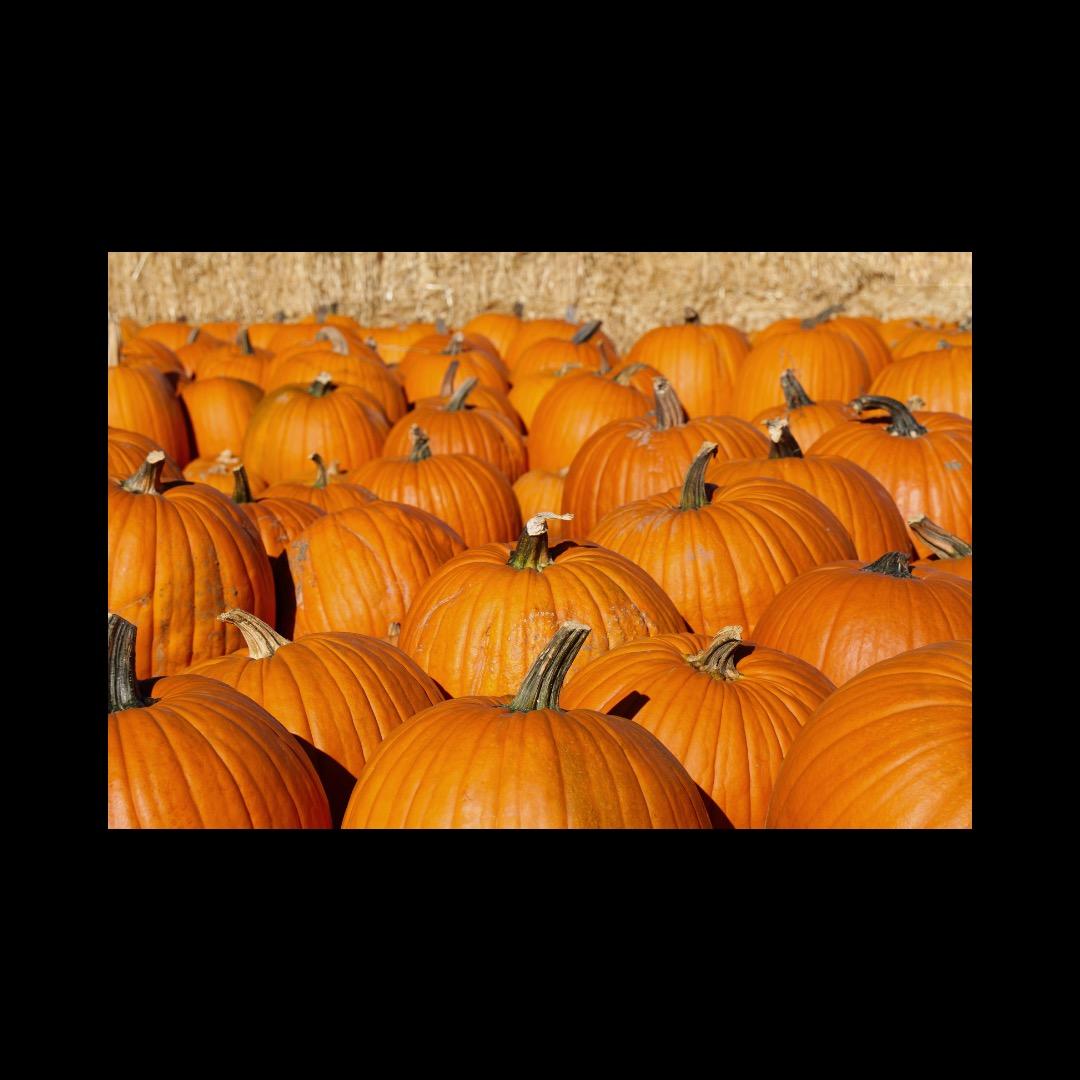

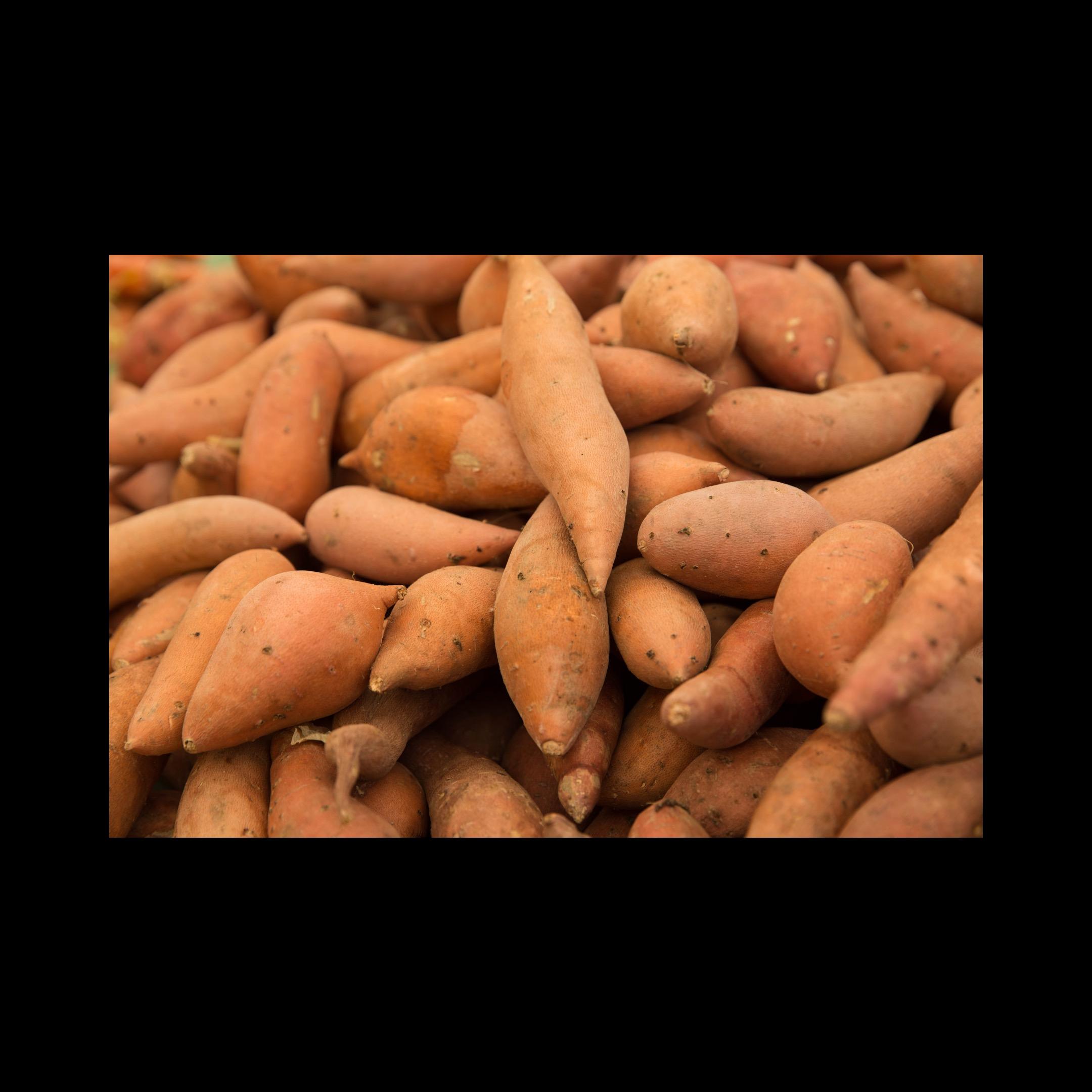
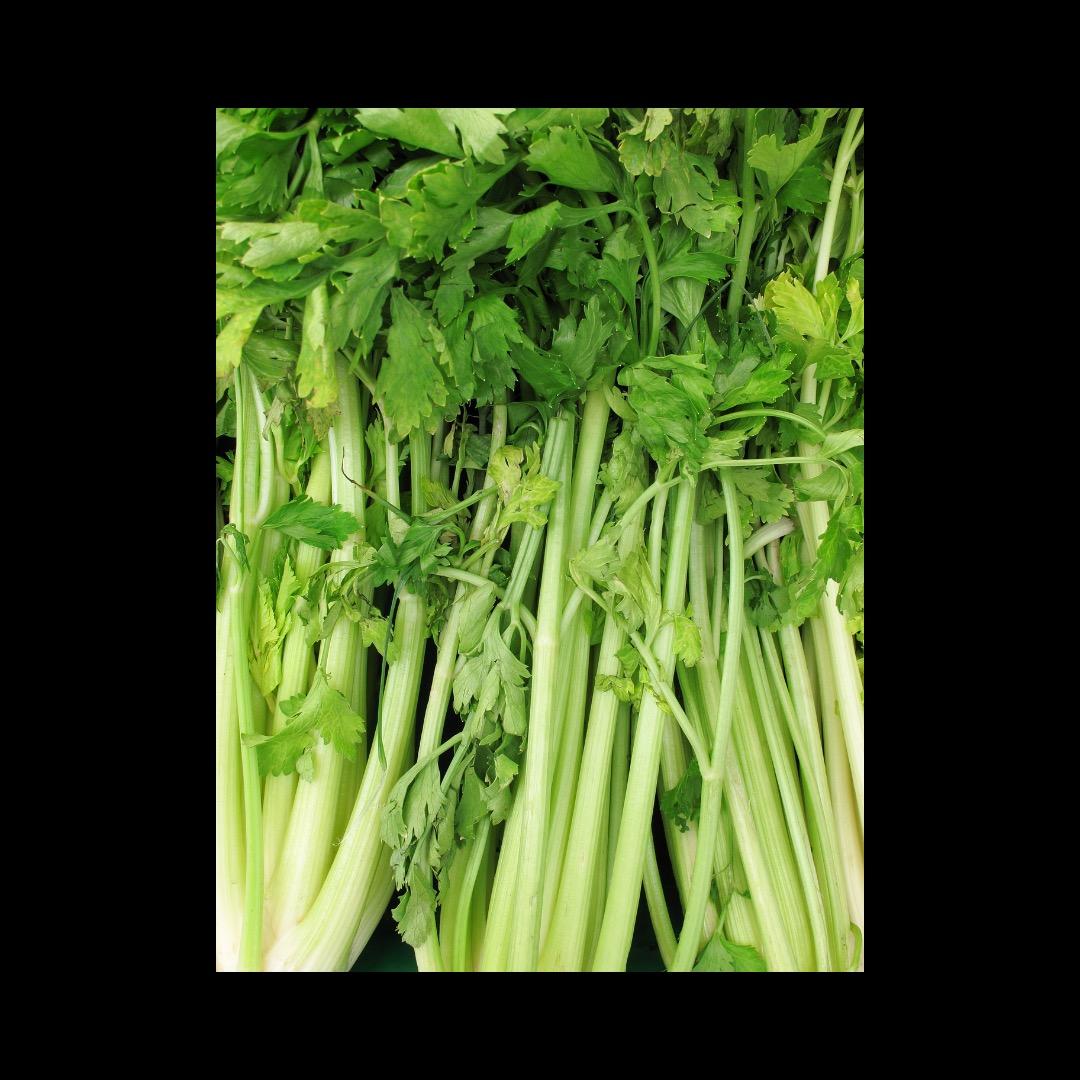
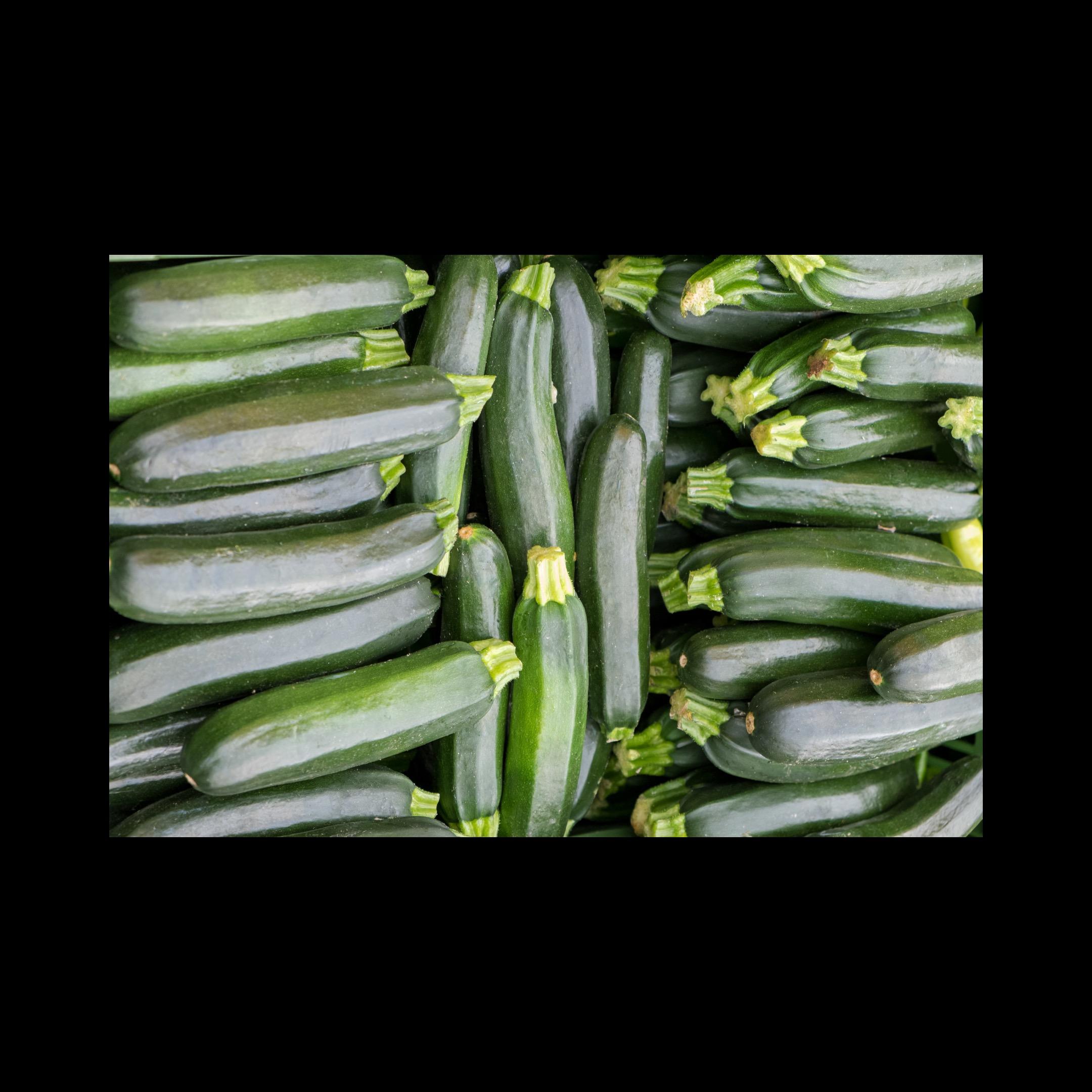

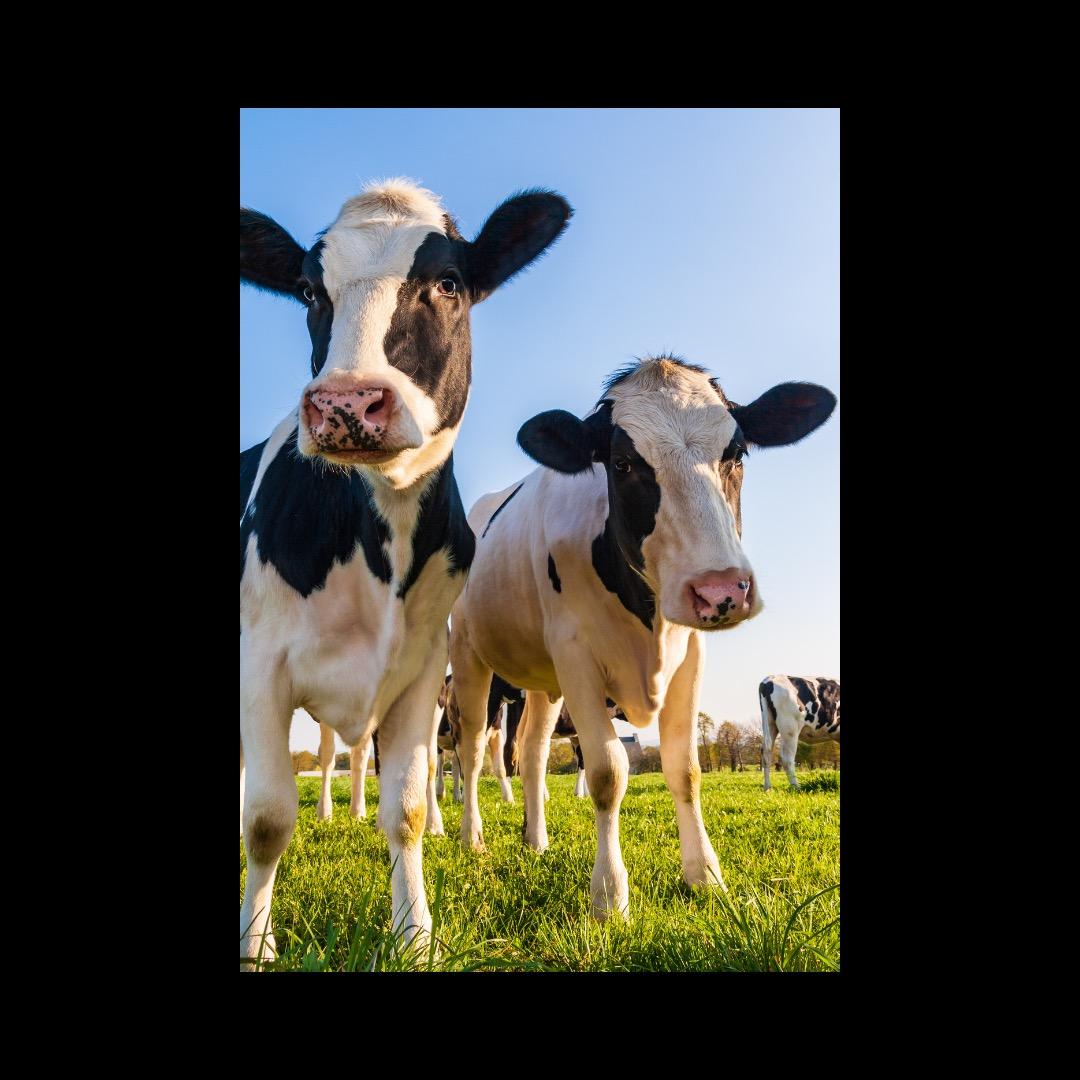
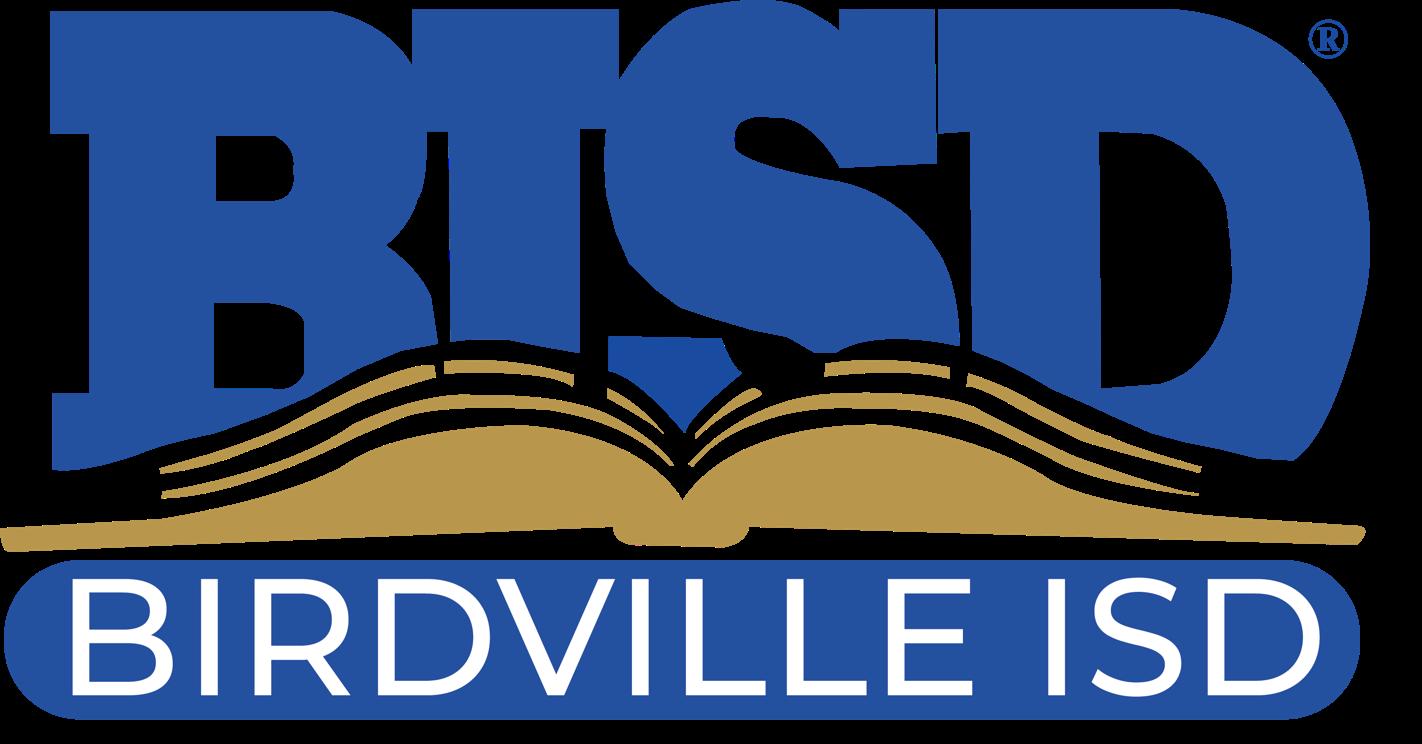
Birdville ISD’s Child Nutrition goal is to “promote life-long healthy habits and support student achievement by providing the most nutritious, appealing meals, prepared under safe and sanitary conditions.”


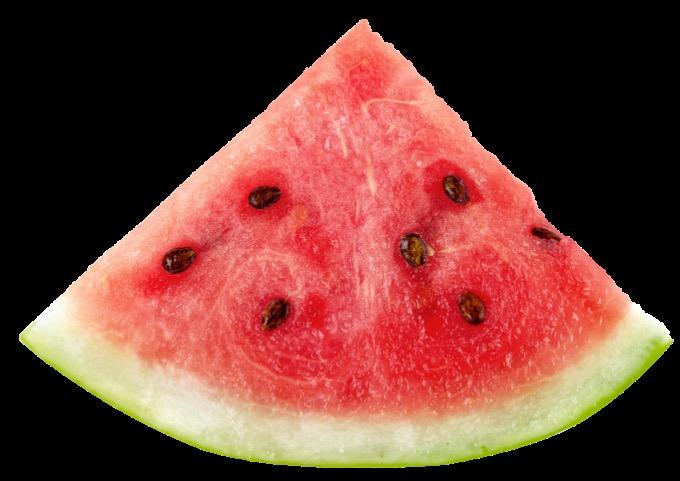
August
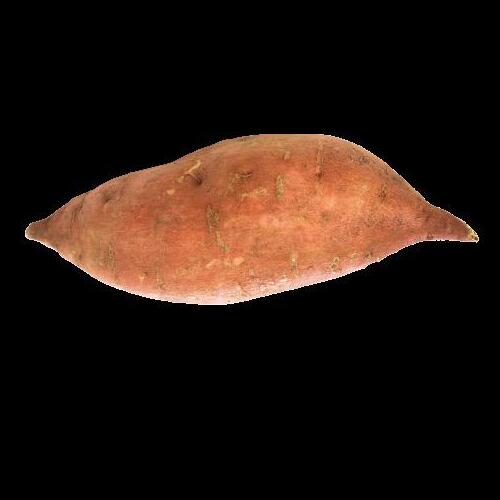
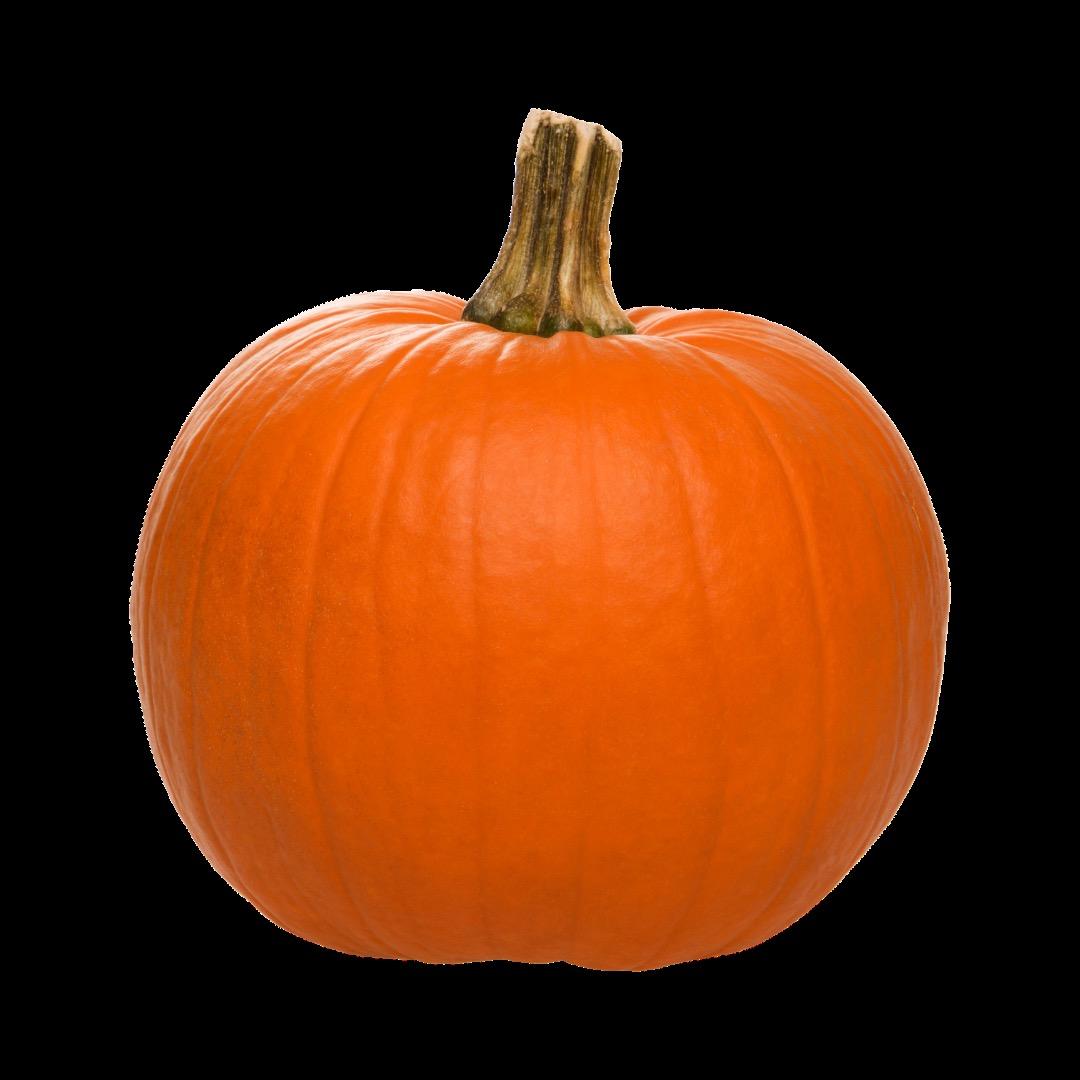
October
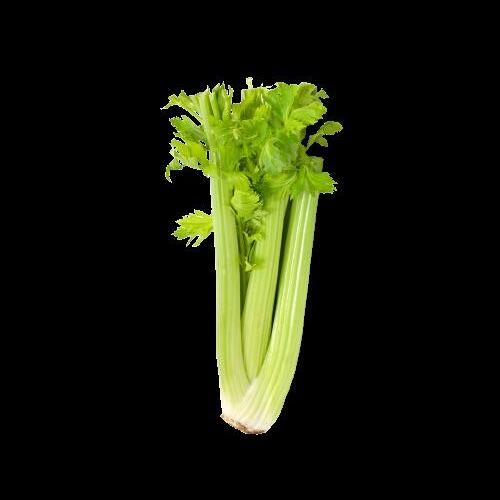
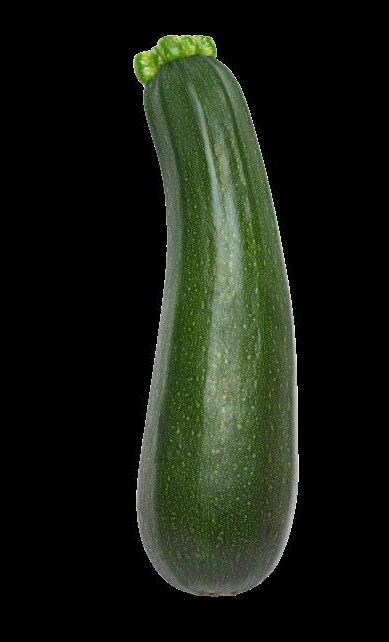
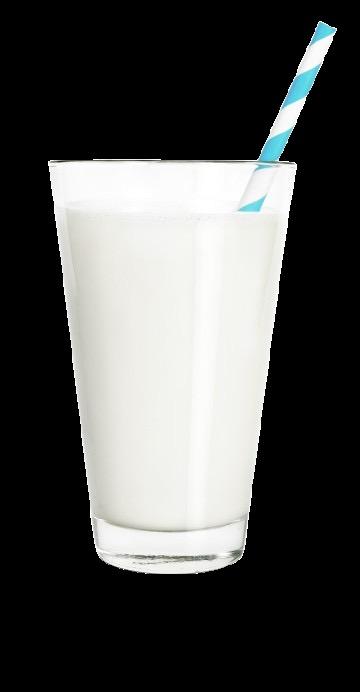











Birdville ISD’s Child Nutrition goal is to “promote life-long healthy habits and support student achievement by providing the most nutritious, appealing meals, prepared under safe and sanitary conditions.”



August


October






Watermelon is a type of fruit that is a part of the gourd family
Watermelons are related to cucumbers
Watermelons are harvested by hand
There are over 1,200 varieties watermelon.
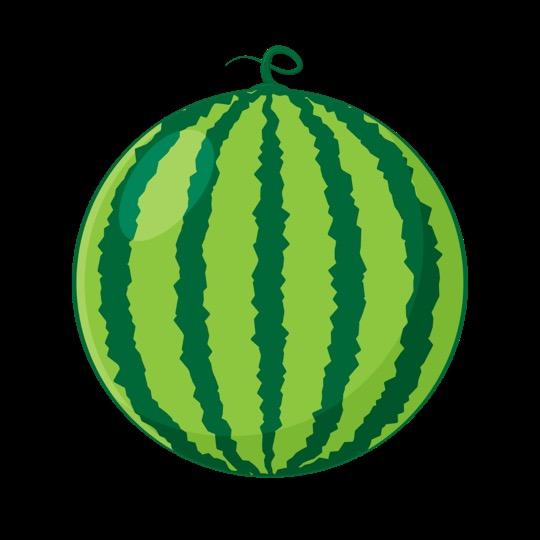


Watermelons are technically a fruit AND a vegetable.
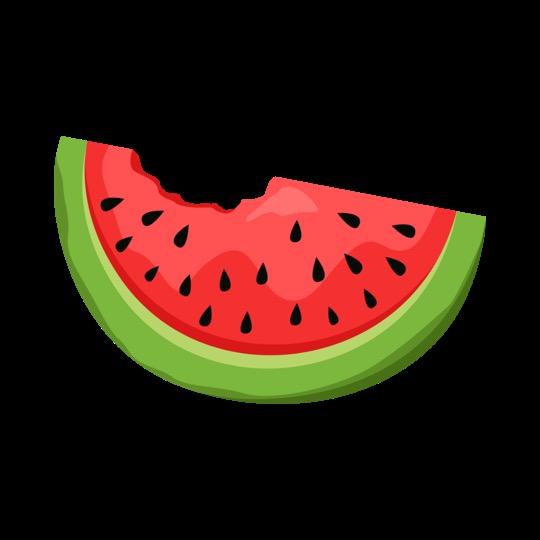
JULY is National
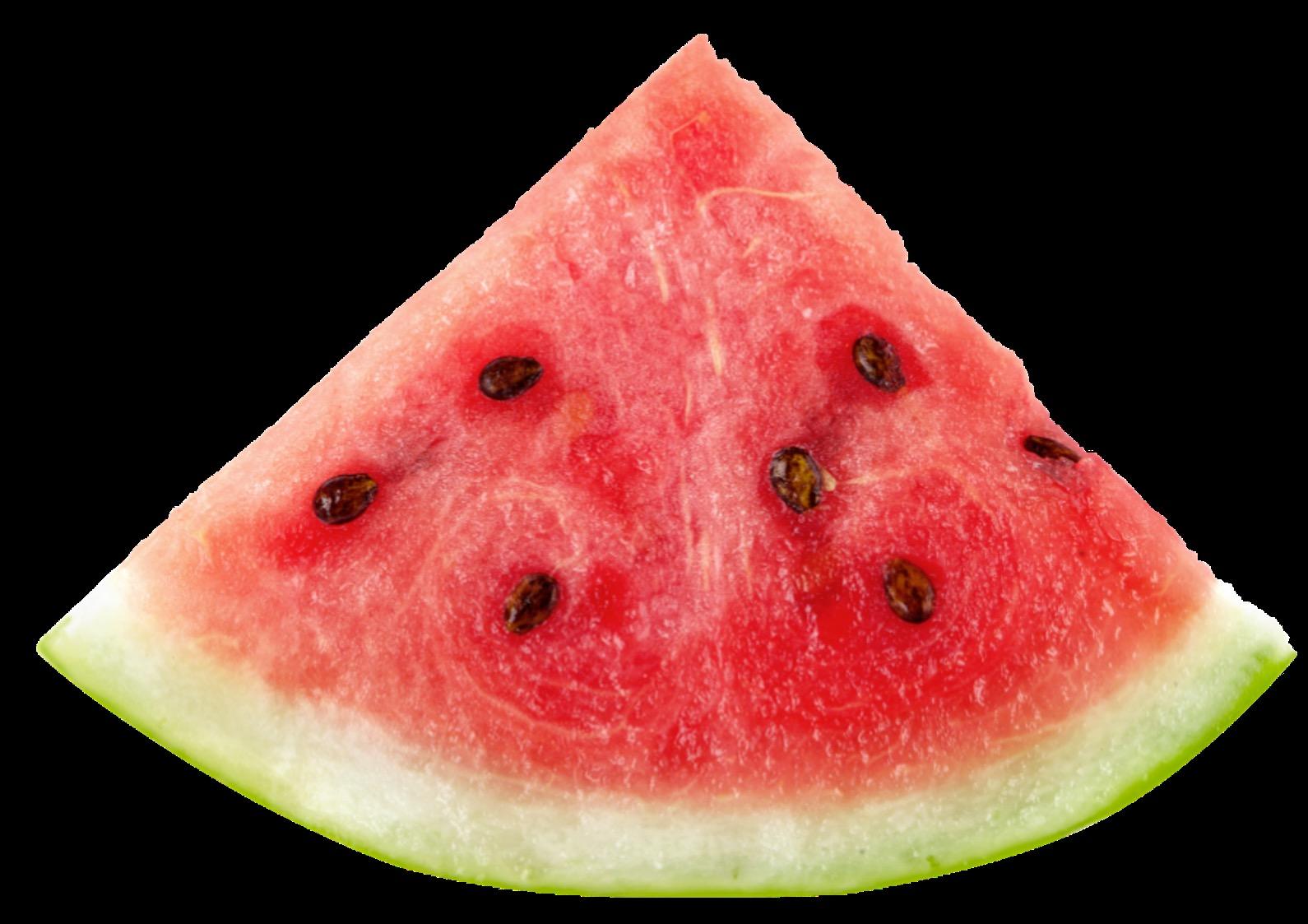
Watermelons take 90 days to grow from seed to fruit.
Seedless watermelon are the most popular.
Watermelon Month!

Watermelons are 92% water.

Watermelons are grown in 96+ countries worldwide.




B Vitamins help support the body’s energy levels, brain function & cell metabolism In-Vitamin!
essential B vitamins:
Vitamin B1, Vitamin B2, Vitamin B3, Vitamin B5, Vitamin B6, Vitamin B7, Vitamin B9 & Vitamin B12.

Water is needed to help the body absorb B vitamins.

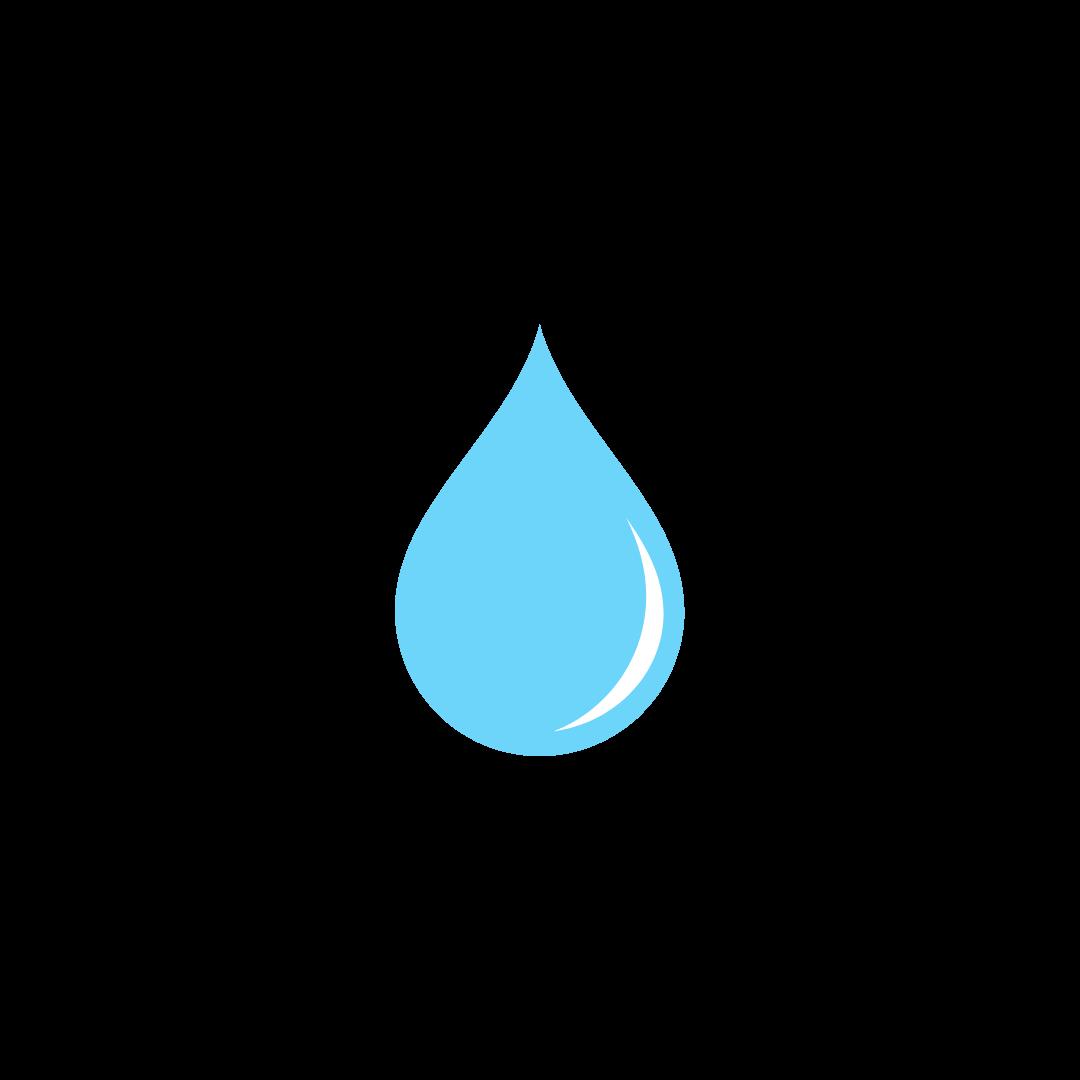
B5, B12, C and E knock on your door…what do you do?


B vitamins helps the body make energy from food.
The body cannot store most B vitamins, so they need to be regularly consumed.
B vitamins plays a role in serotonin production.
Serotonin makes us feel happy






Vitamin C supports the immune systemthe body’s defense against infections.

Vitamin C is also referred to as “ascorbic acid.”



Vitamin C helps keep you happy & healthy!
Vitamin C is an antioxidant. Antioxidants help protect against damage caused by exposure to harmful substances in the environment.
The body cannot make vitamin C on its own - it has to come from food.
What do you call a vitamin that improves your eyesight?

A Vitamin C!

Vitamin C is a very important vitamin for healthy gums & teeth.



Sweet potatoes are a type of starchy root vegetable.
Root vegetables are grown underground!
There are 400+ different varieties of sweet potatoes.

Sweet potato roots are harvested 90120 days after planting.
Sweet potatoes are a great source of vitamins and minerals!
Sweet potatoes are a very popular Thanksgiving side dish.


Jewel most popular variety of sweet potato.


Sweet potatoes and yams are NOT the same thing!
Sweet potatoes can be orange, yellow, red, white or purple.
Orange sweet potatoes are the SWEETEST .




B Vitamins help support the body’s energy levels, brain function & cell metabolism In-Vitamin!
essential B vitamins:
Vitamin B1, Vitamin B2, Vitamin B3, Vitamin B5, Vitamin B6, Vitamin B7, Vitamin B9 & Vitamin B12.

Water is needed to help the body absorb B vitamins.


B5, B12, C and E knock on your door…what do you do?


B vitamins helps the body make energy from food.
The body cannot store most B vitamins, so they need to be regularly consumed.
B vitamins plays a role in serotonin production.
Serotonin makes us feel happy

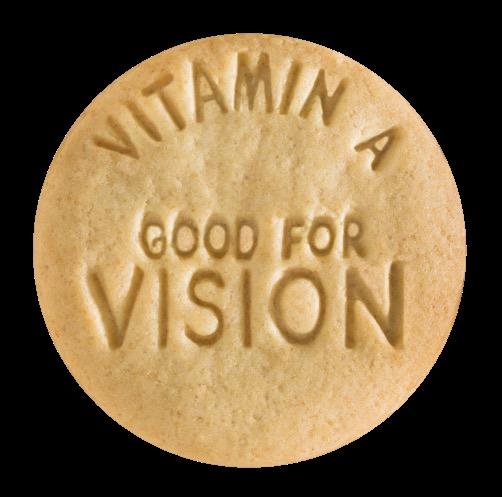




Vitamin A supports good vision growth & immunity
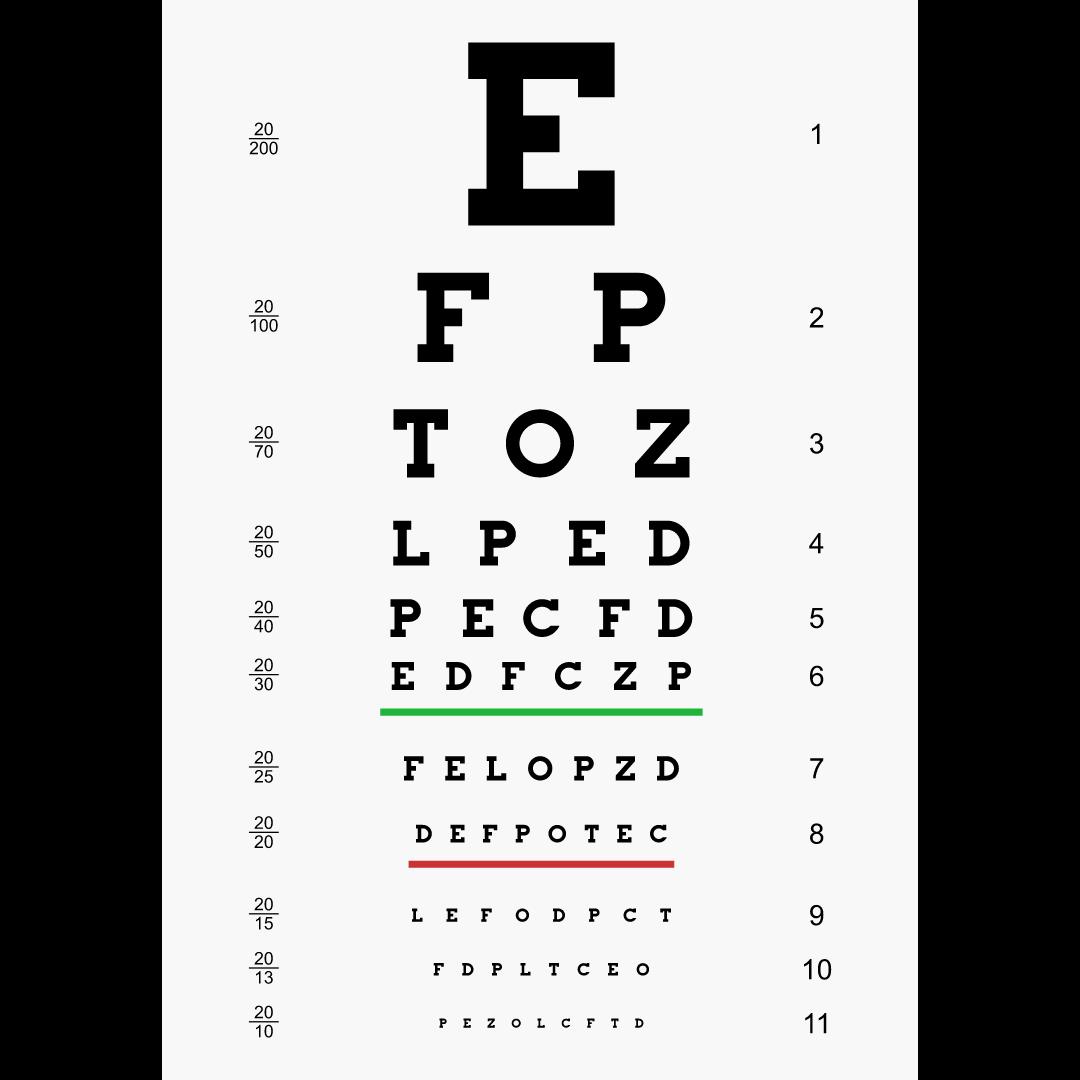

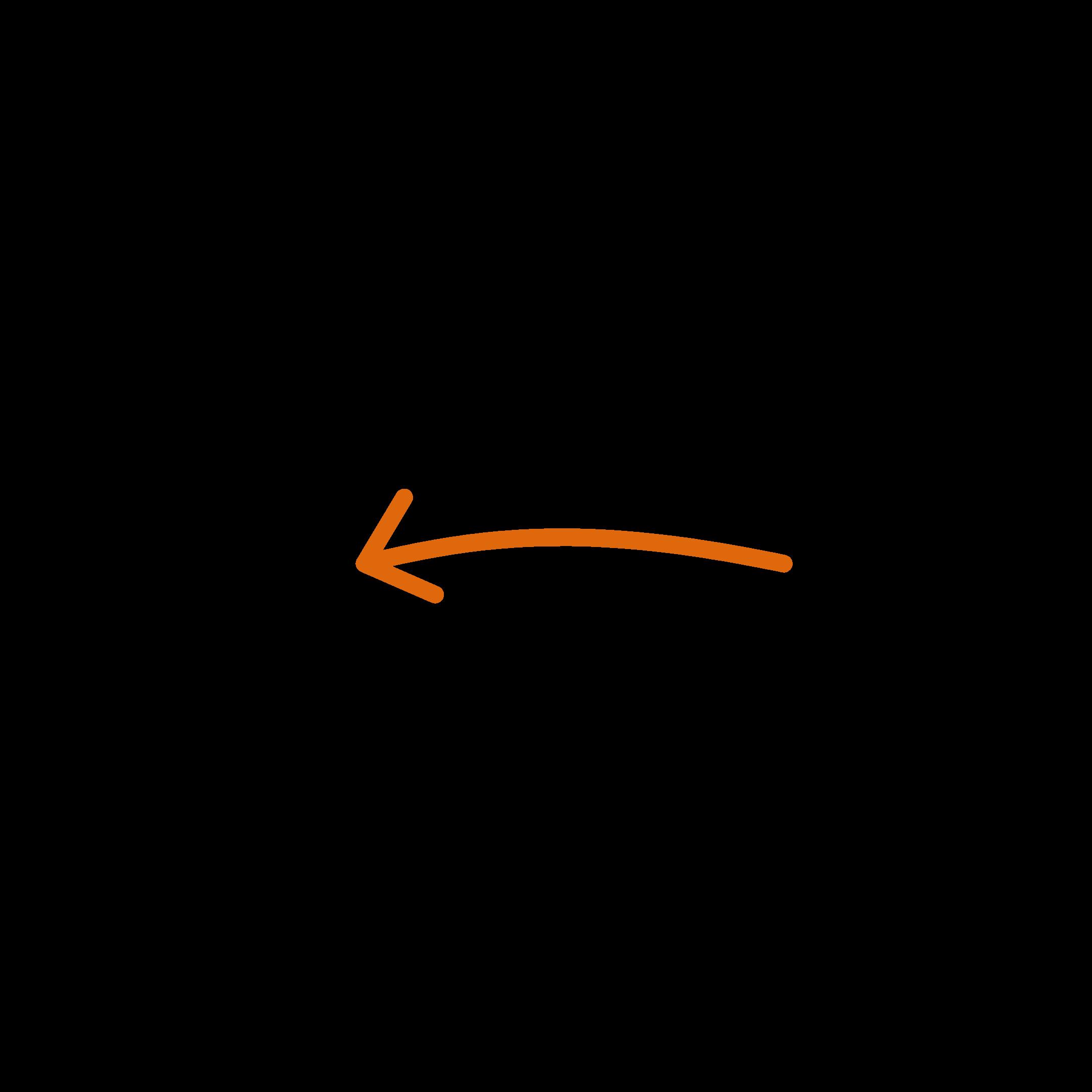
more vivid colors during the day

How far can you read down this eye chart?


Vitamin A has antioxidant properties.
Vitamin A can help speed up the healing process of cuts & scrapes.
Vitamin A supports the immune system to fight off infections.
Vitamin A is a fat-soluble vitamin.
Vitamin A is a fat-soluble vitamin – which means it absorbs better into the body when eaten with foods with some fat like avocados!

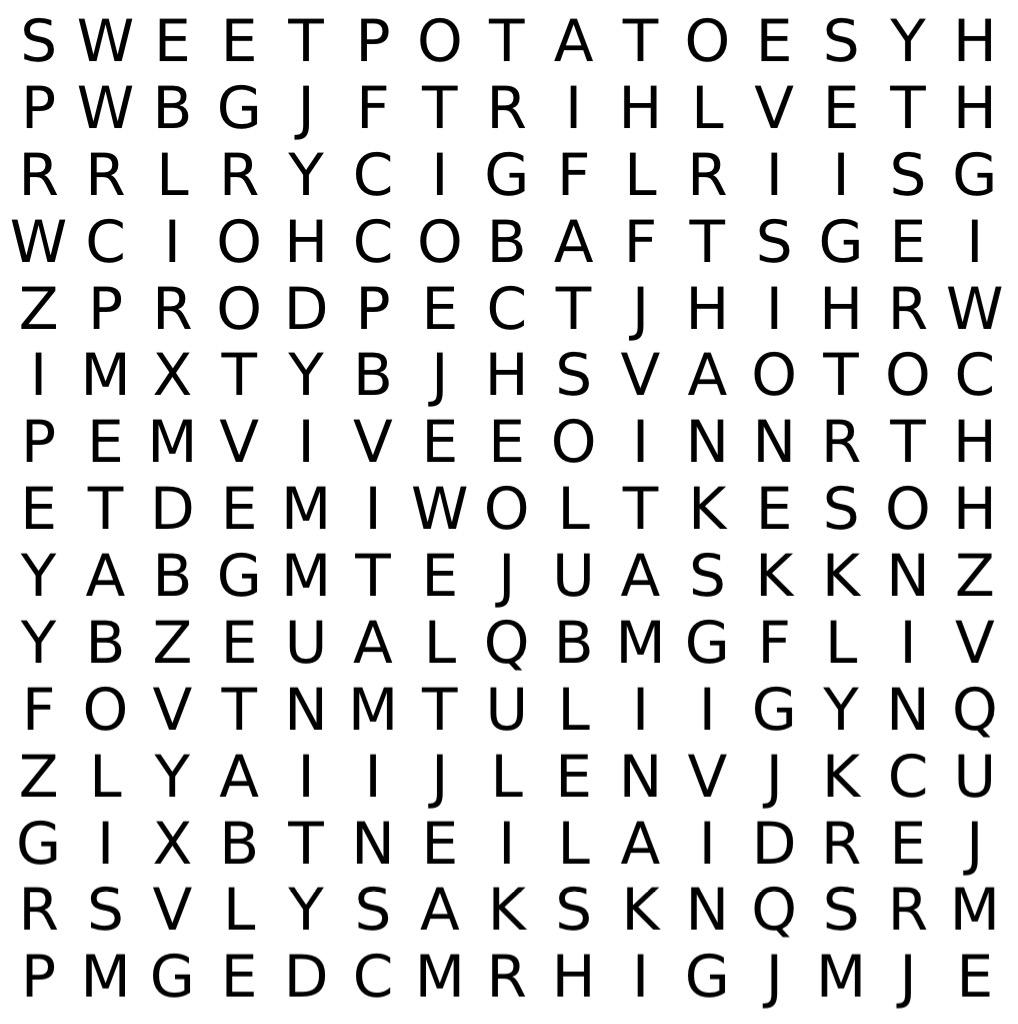



Zucchini are one of the most popular types of squash
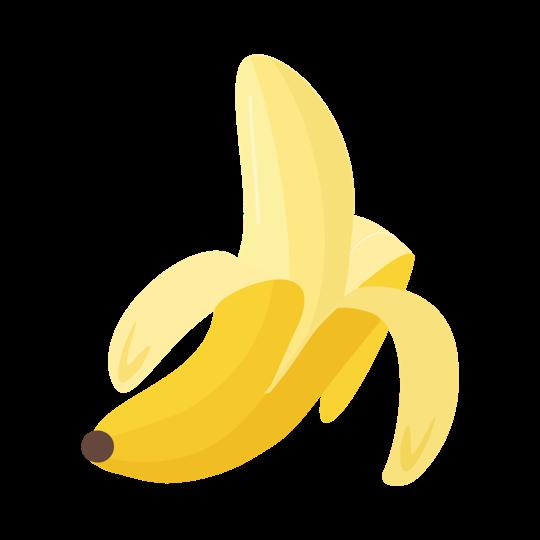
Zucchinis have MORE potassium than a banana.
Zucchinis grow best in temperate climates.
1 zucchini plant can produce 3 - 10 pounds of zucchini.
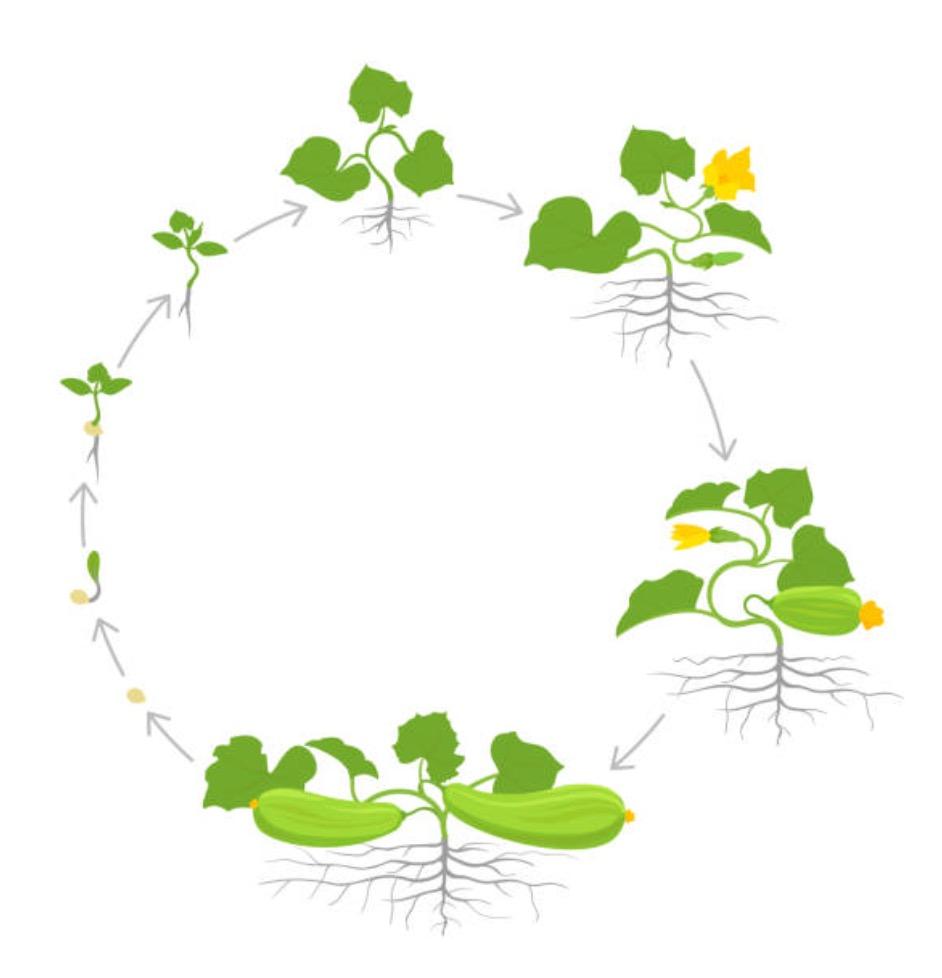


More specifically, zucchini is a type of summer squash.

Zucchini are made water.
Zucchini are a “Courgette”
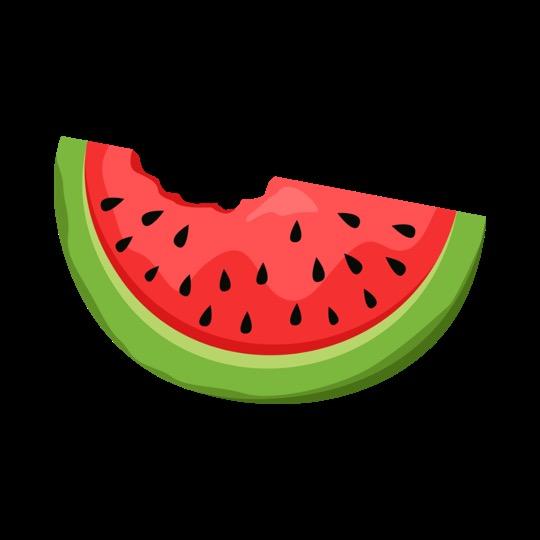

Zucchinis are in peak season from May - August.

edible and considered a delicacy.
The LARGEST zucchini ever grown was 69.5 inches long and weighed 65 pounds!
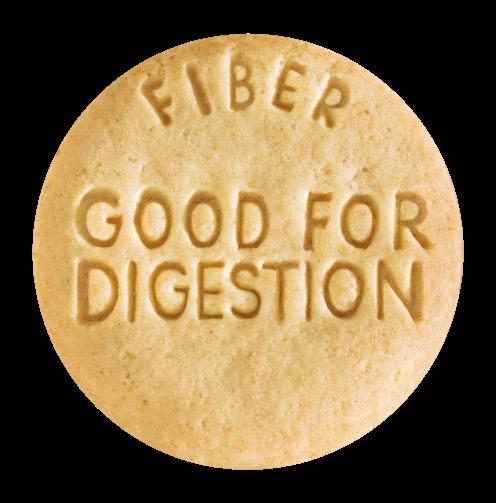




Fiber supports movement through the digestive system
Fiber is a type of carbohydrate body doesn’t digest; it simply passes through.
Soluble fiber dissolves in water…it helps regulate blood sugar levels and removes cholesterol from

Insoluble fiber is sometimes referred to as “roughage. ”
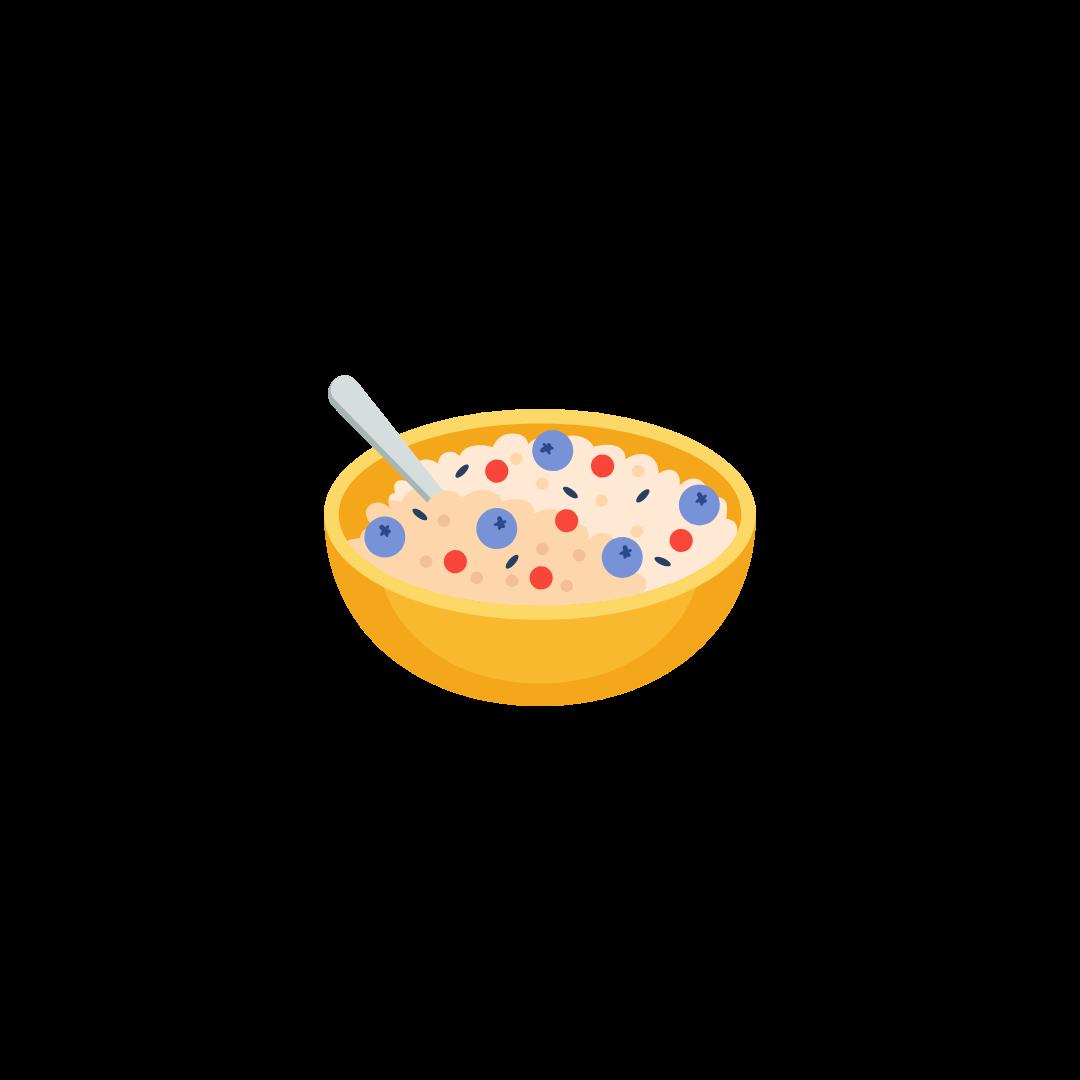

2 types of fiber:

1. Soluble fiber
Insoluble fiber
Fiber is ONLY found in plant foods.
Dairy & meat products do not have any fiber.
Fiber helps to regulate the body’s use of sugar.
Insoluble fiber does not dissolve in water…it helps food move throughout the digestive system.
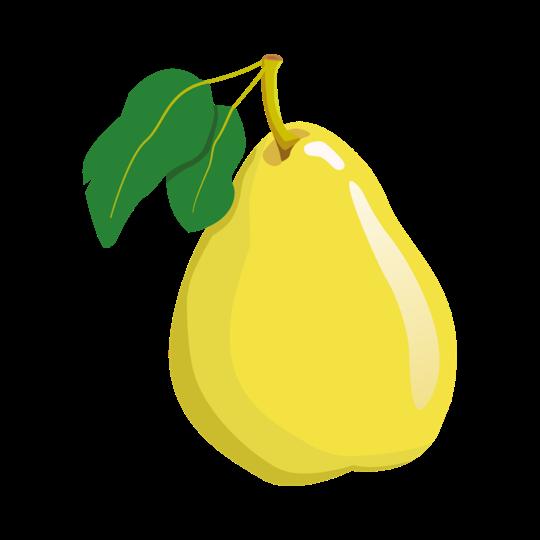
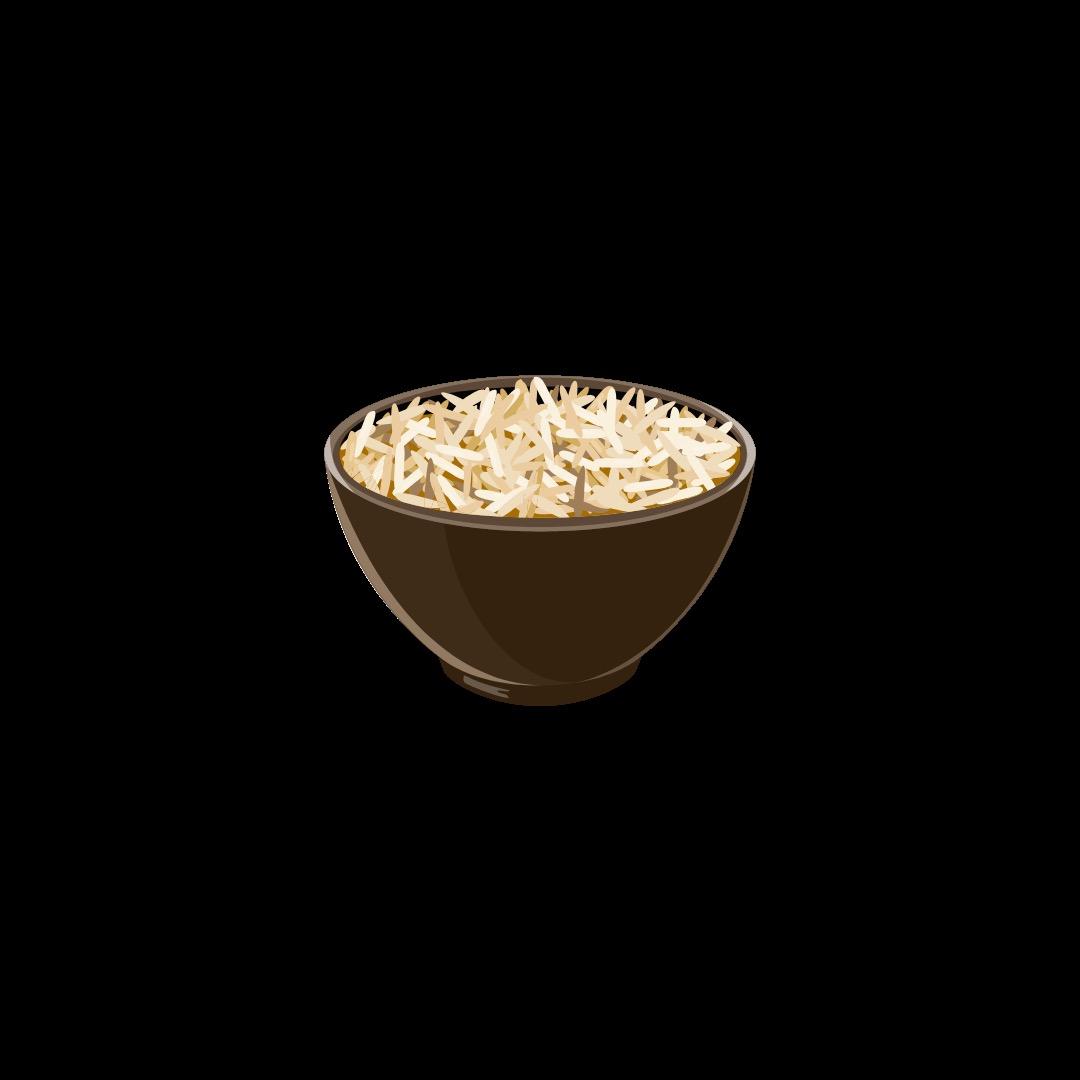
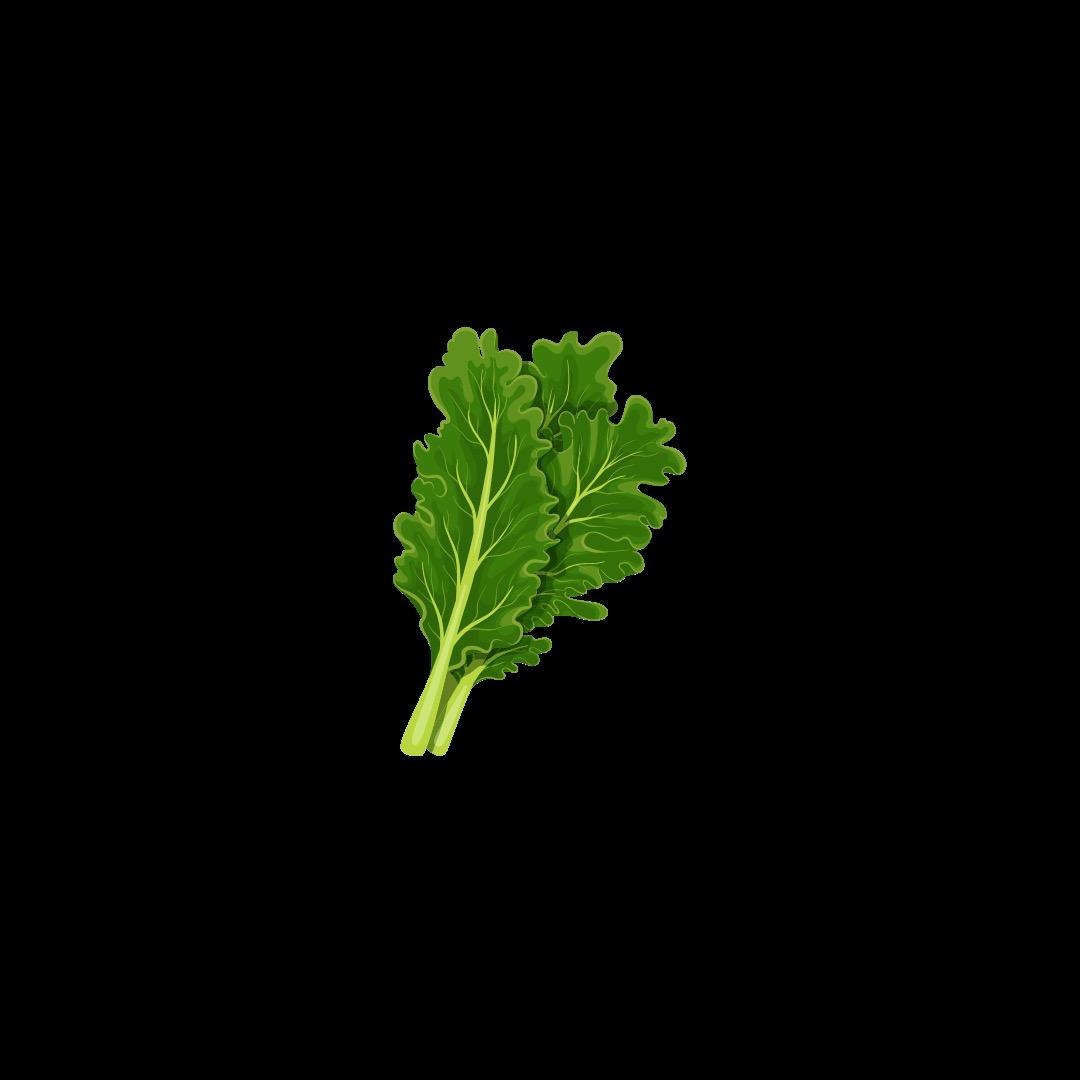
BOTH forms of fiber are important & beneficial to overall health.





Vitamin C supports the immune systemthe body’s defense against infections.

Vitamin C is also referred to as “ascorbic acid.”


Vitamin C helps keep you happy & healthy!
Vitamin C is an antioxidant. Antioxidants help protect against damage caused by exposure to harmful substances in the environment.

The body cannot make vitamin C on its own - it has to come from food.

What do you call a vitamin that improves your eyesight?

A Vitamin C! Vitamin C is a very important vitamin for healthy gums & teeth.






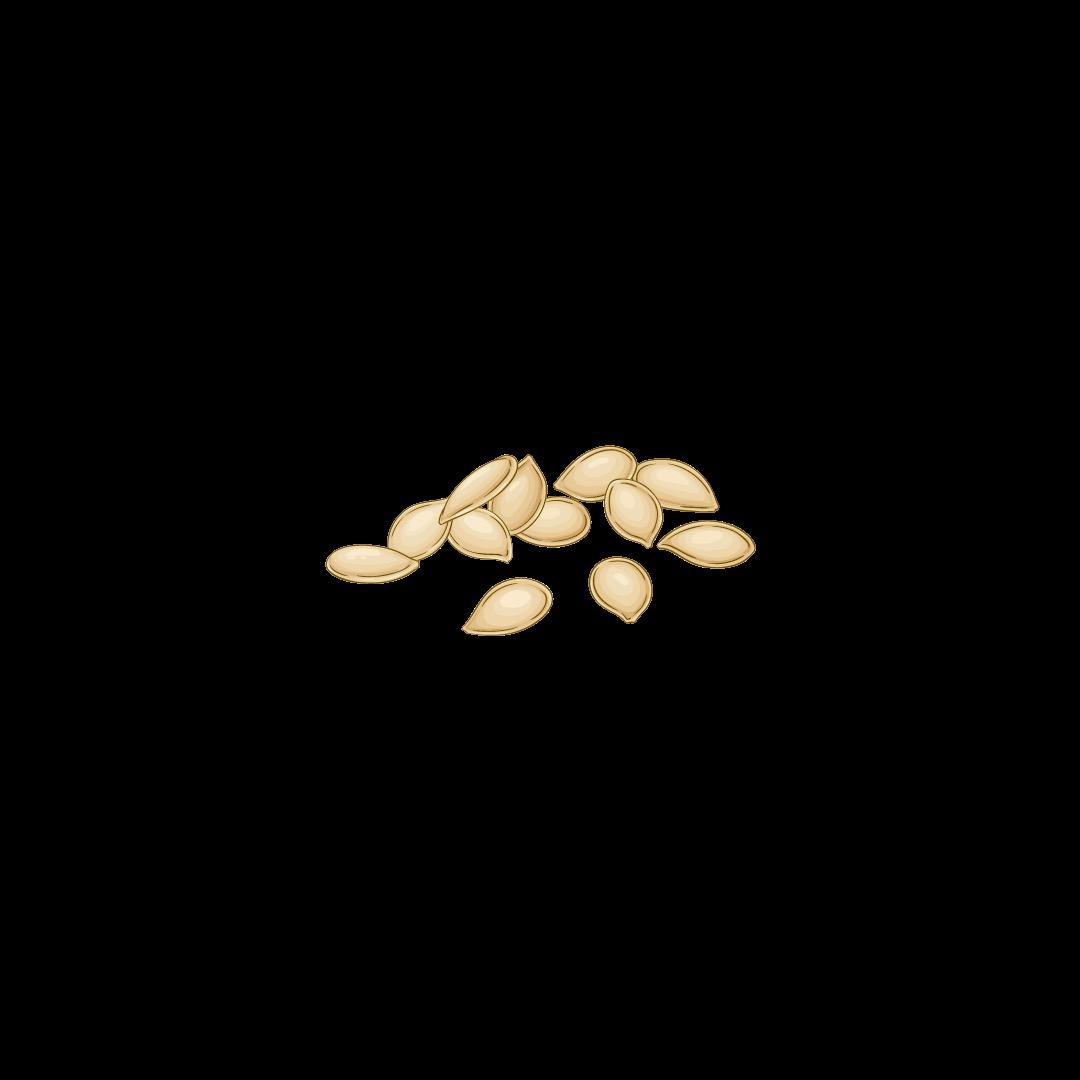

The U.S. produces over 1.5 BILLION of pumpkins each year.

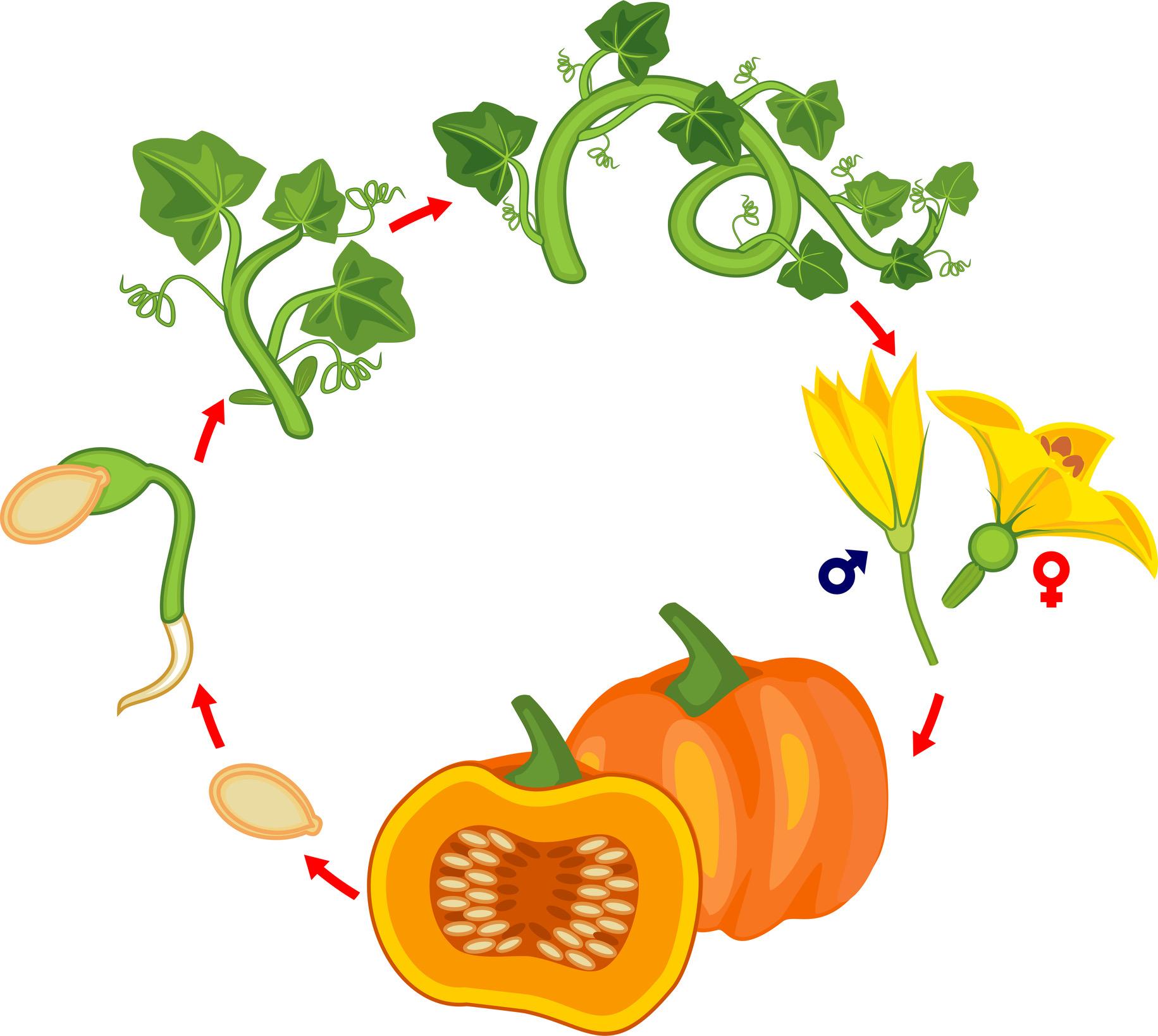
Pumpkins are 90% water. because & have seeds. There are 45+ different varieties of pumpkins.

80% of the U.S. pumpkin crop is available in OCTOBER. continent except Antarctica. in every pumpkin.

Pumpkins range in color from red, yellow, green & orange!



B Vitamins help support the body’s energy levels, brain function & cell metabolism In-Vitamin!
essential B vitamins:
Vitamin B1, Vitamin B2, Vitamin B3, Vitamin B5, Vitamin B6, Vitamin B7, Vitamin B9 & Vitamin B12.

Water is needed to help the body absorb B vitamins.


B5, B12, C and E knock on your door…what do you do?
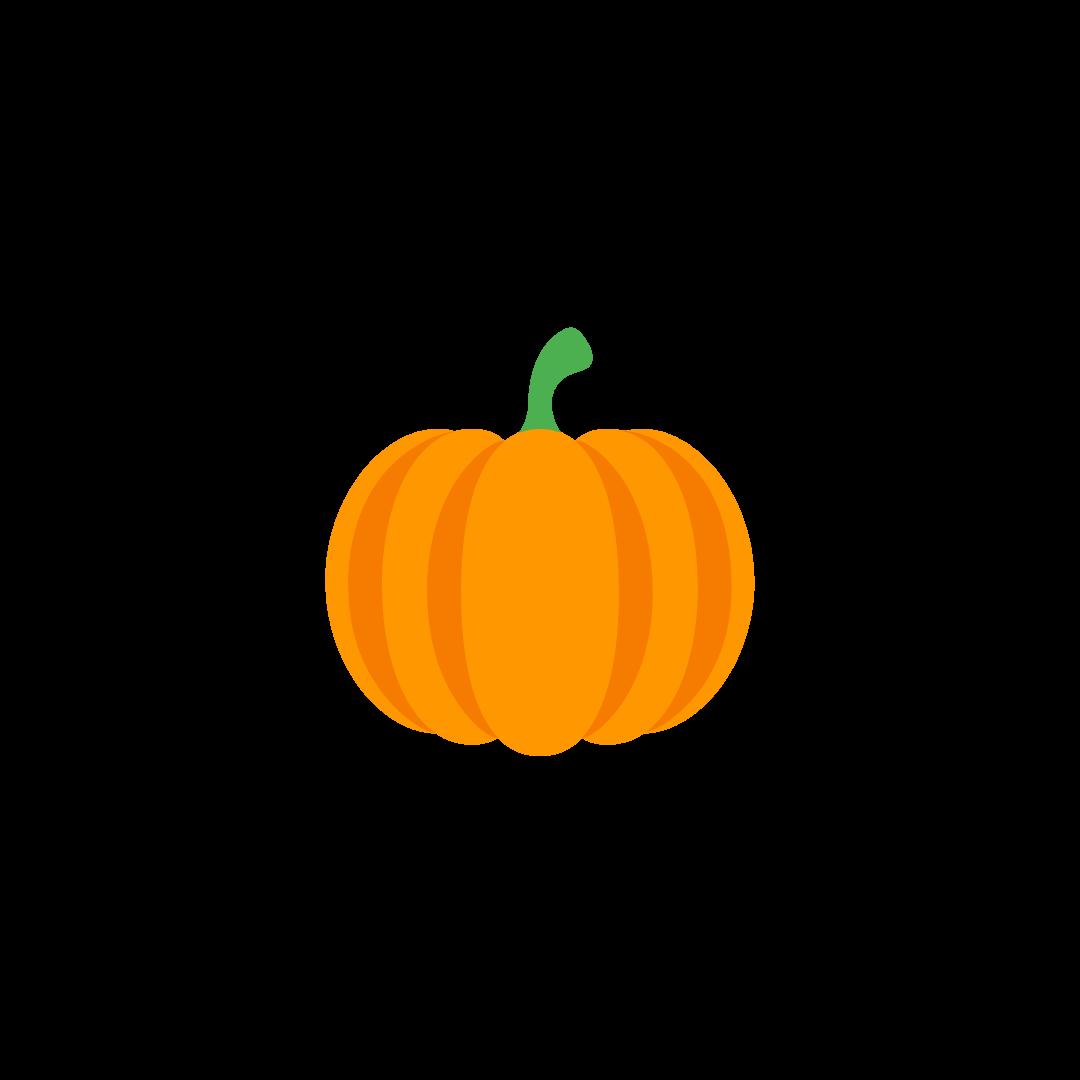

B vitamins helps the body make energy from food.
B vitamins plays a role in serotonin production.
most B vitamins, so they need to be regularly consumed.
Serotonin makes us feel happy




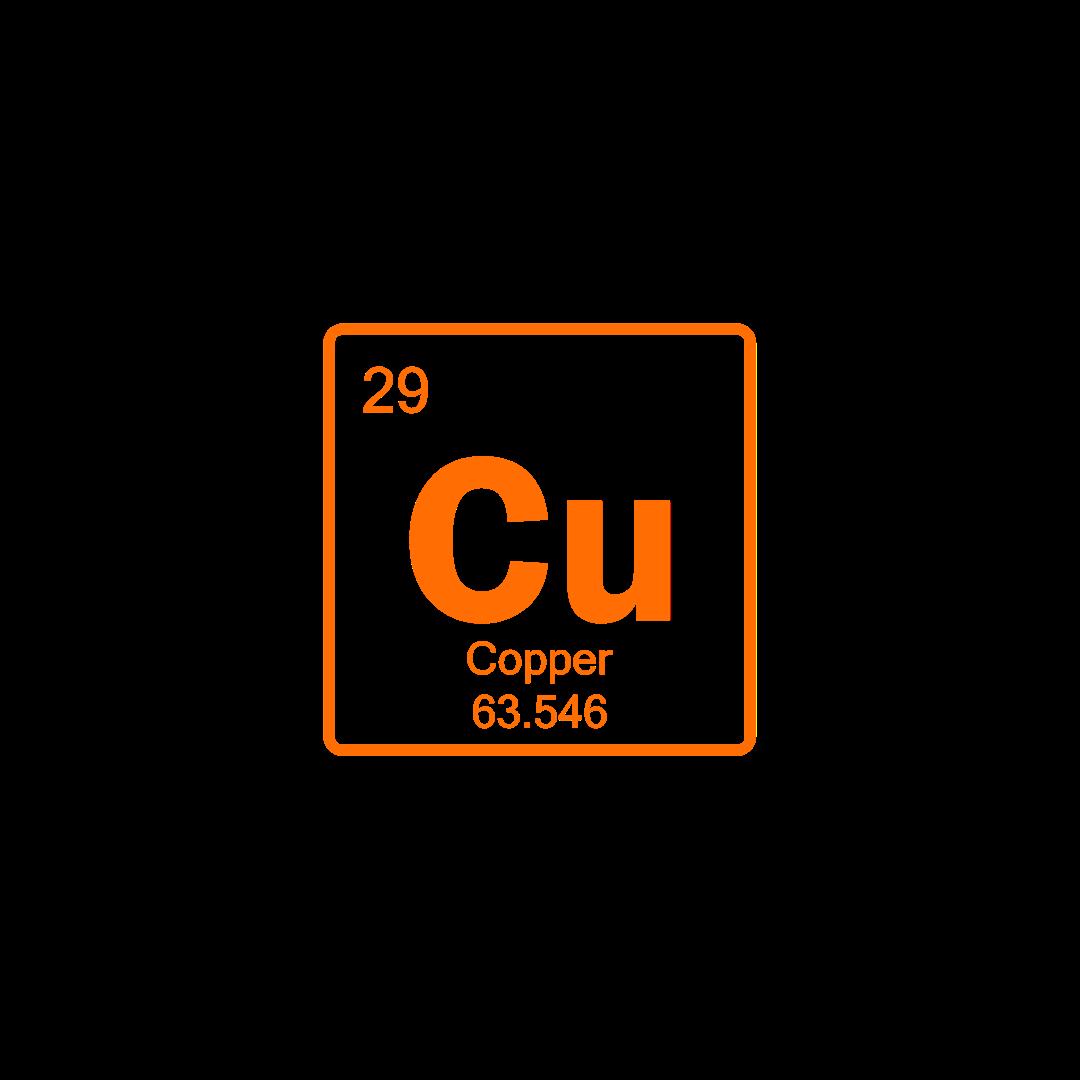

Copper supports the creation of red blood cells

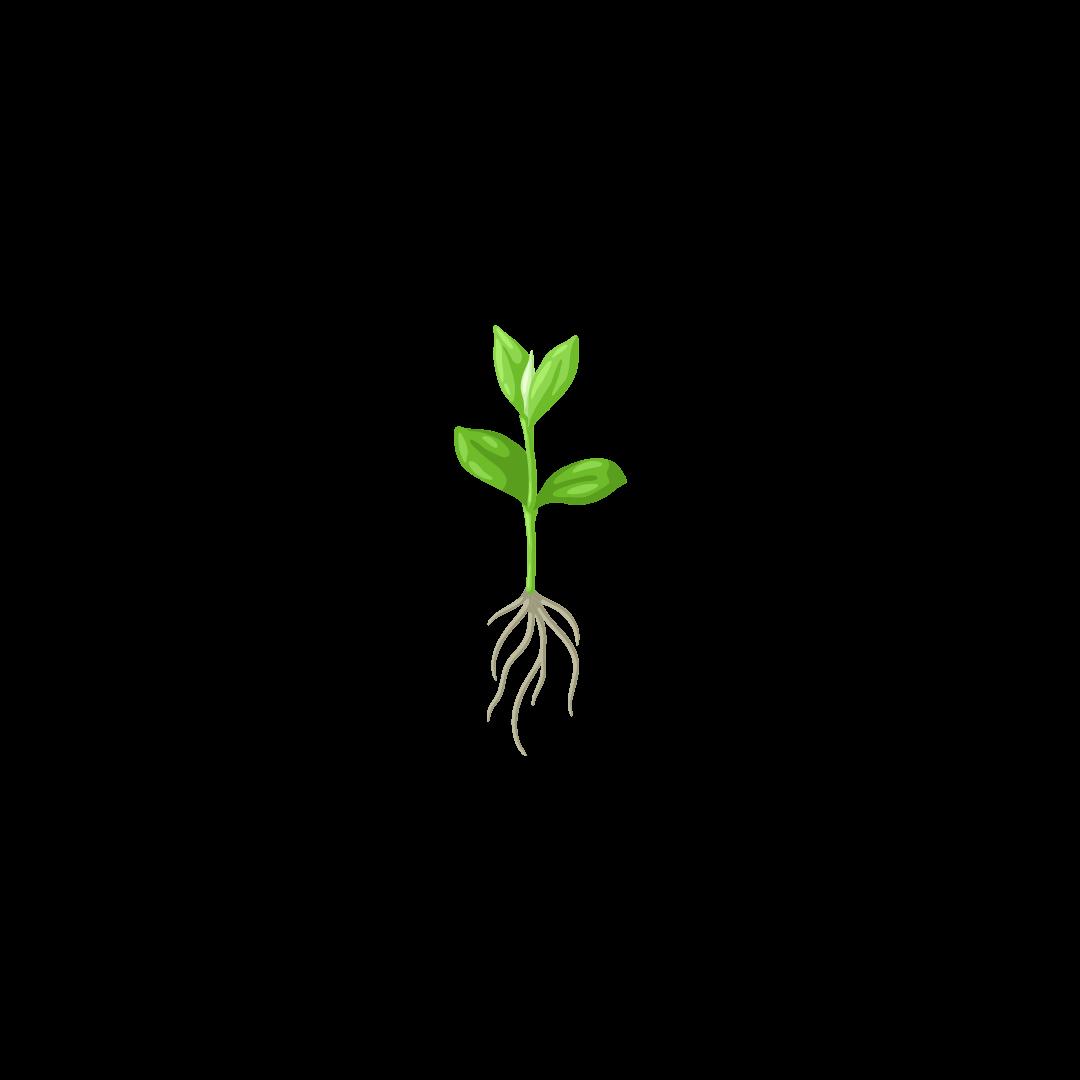



Most copper in the body is found in the liver, brain, kidneys & skeletal muscles.

Copper helps the brain function properly.

Foods like because their plants roots absorbed them.
Copper is known as an essential nutrient
Copper plays a role in helping the body
turn food in energy!







Celery is a crunchy, green vegetable that grows in stalks.
The darker the celery stalks are, the more nutrients they contain.
1 bunch of celery consists of 10 - 12 individual stalks.
Celery is a longseason crop that takes up to 140 days to be ready to harvest after planting.

Celery prefers to grown 6 hours of full sun and afternoon shade. Celery is biennial plant.
Celery 95%

Celery stalks grow to be 12 - 18 inches tall









Fiber supports movement through the digestive system
Fiber is a type of carbohydrate body doesn’t digest; it simply passes through.
Soluble fiber dissolves in water…it helps regulate blood sugar levels and removes cholesterol from

Insoluble fiber is sometimes referred to as “roughage. ”

2 types of fiber:

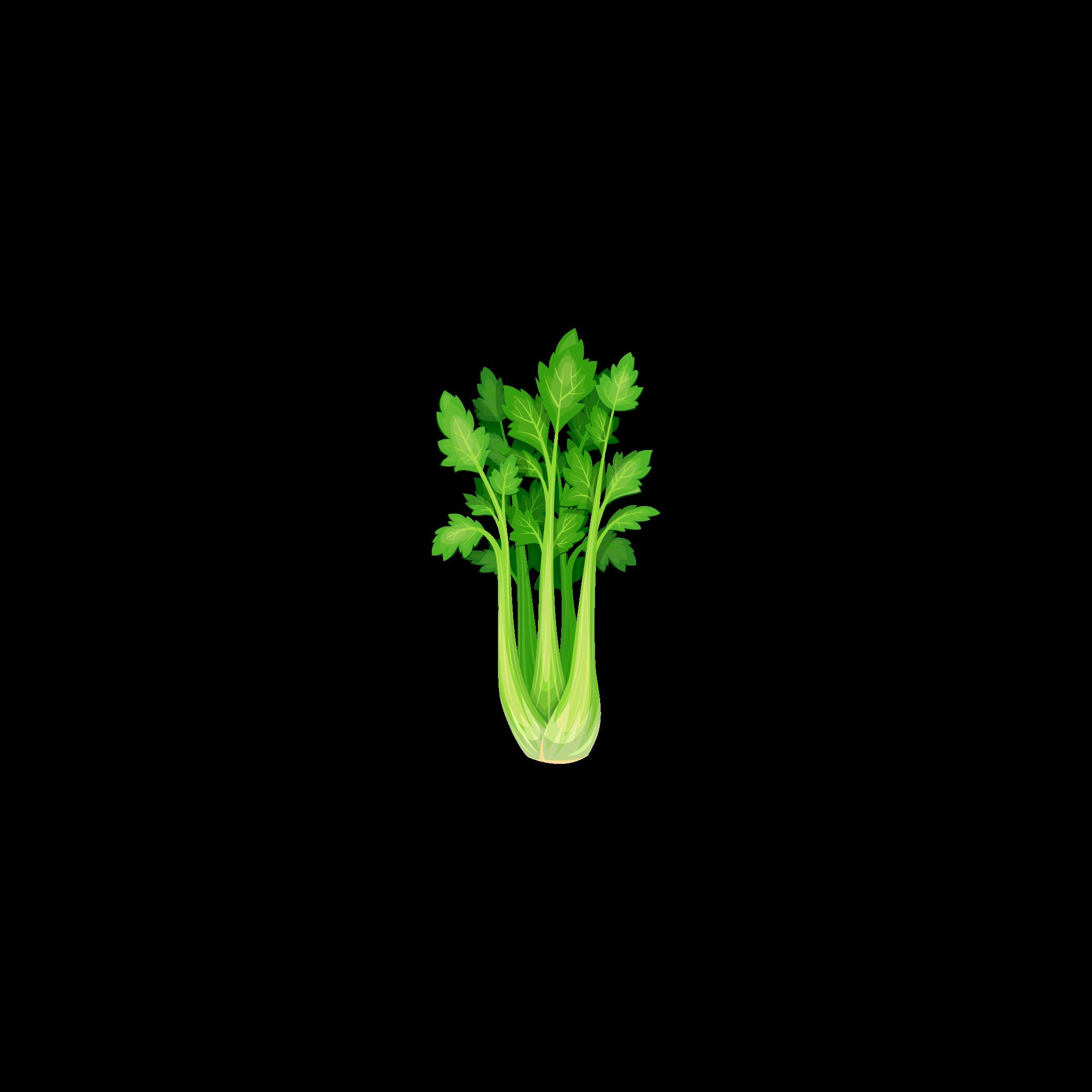
1. Soluble fiber
Insoluble fiber
Dairy & meat products do not have any fiber.
Fiber helps to regulate the body’s use of sugar.
BOTH forms of fiber are important & beneficial to overall health. found in plant foods.
Insoluble fiber does not dissolve in water…it helps food move throughout the digestive system.






Vitamin K supports proper blood function, bone growth & kidney health. The body has the ability to create vitamin K on its own.
2 main forms of vitamin K: K1 and K2.
Vitamin K is a fat-soluble which means… It absorbs better into the body when eaten with foods with some fat like olive oil or avocados


Vitamin K helps the

Vitamin K helps produce proteins that bind themselves to calcium - this helps build strong bones.

Vitamin K supports heart health .


Vitamin K plays a role in proper blood function- specifically with clotting.
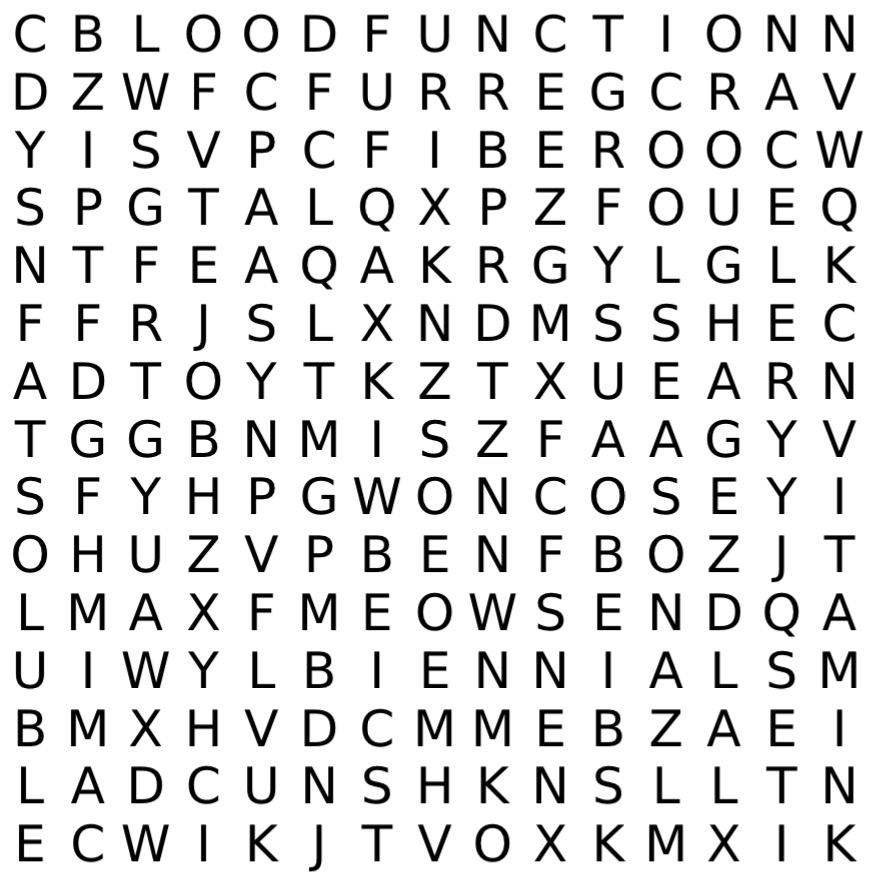
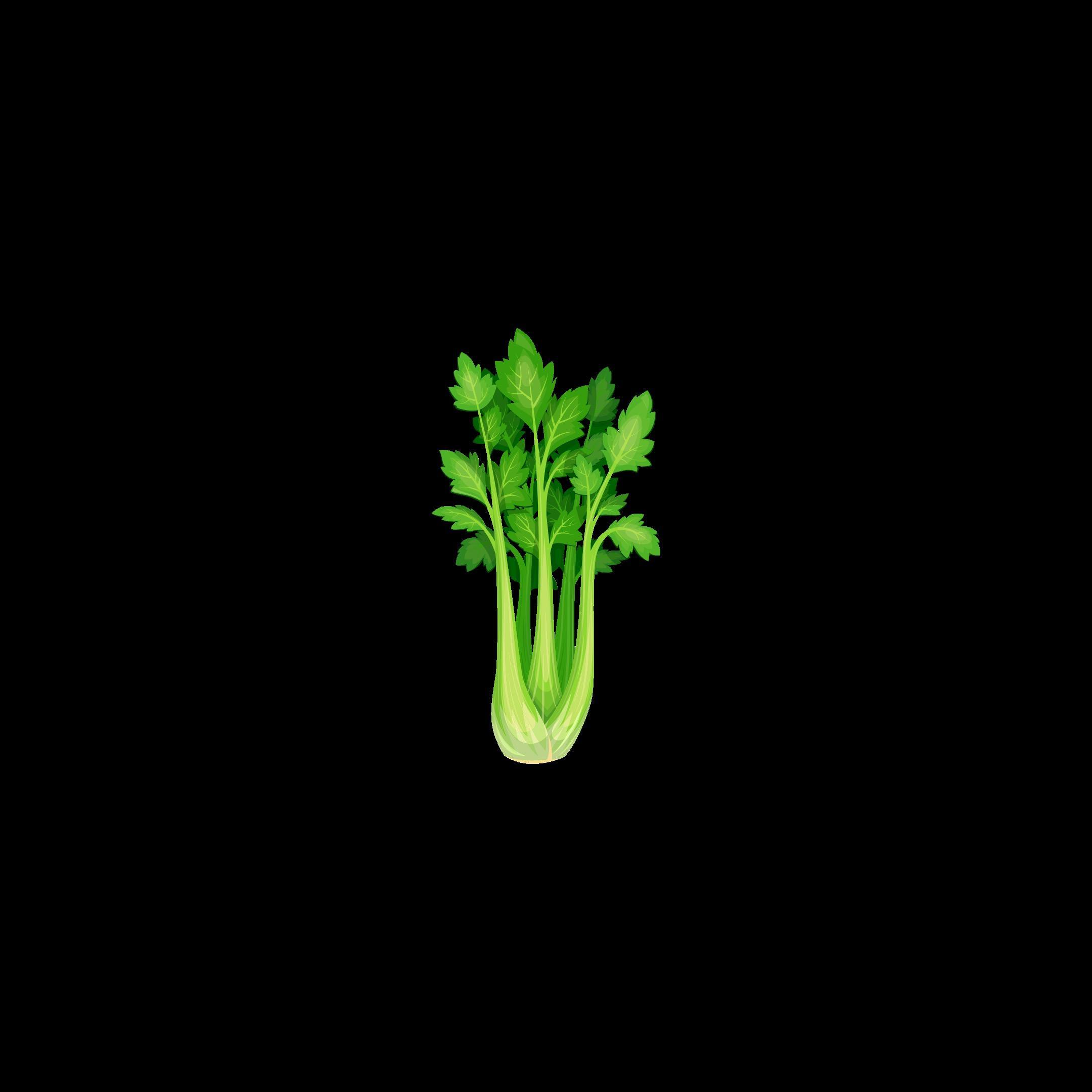
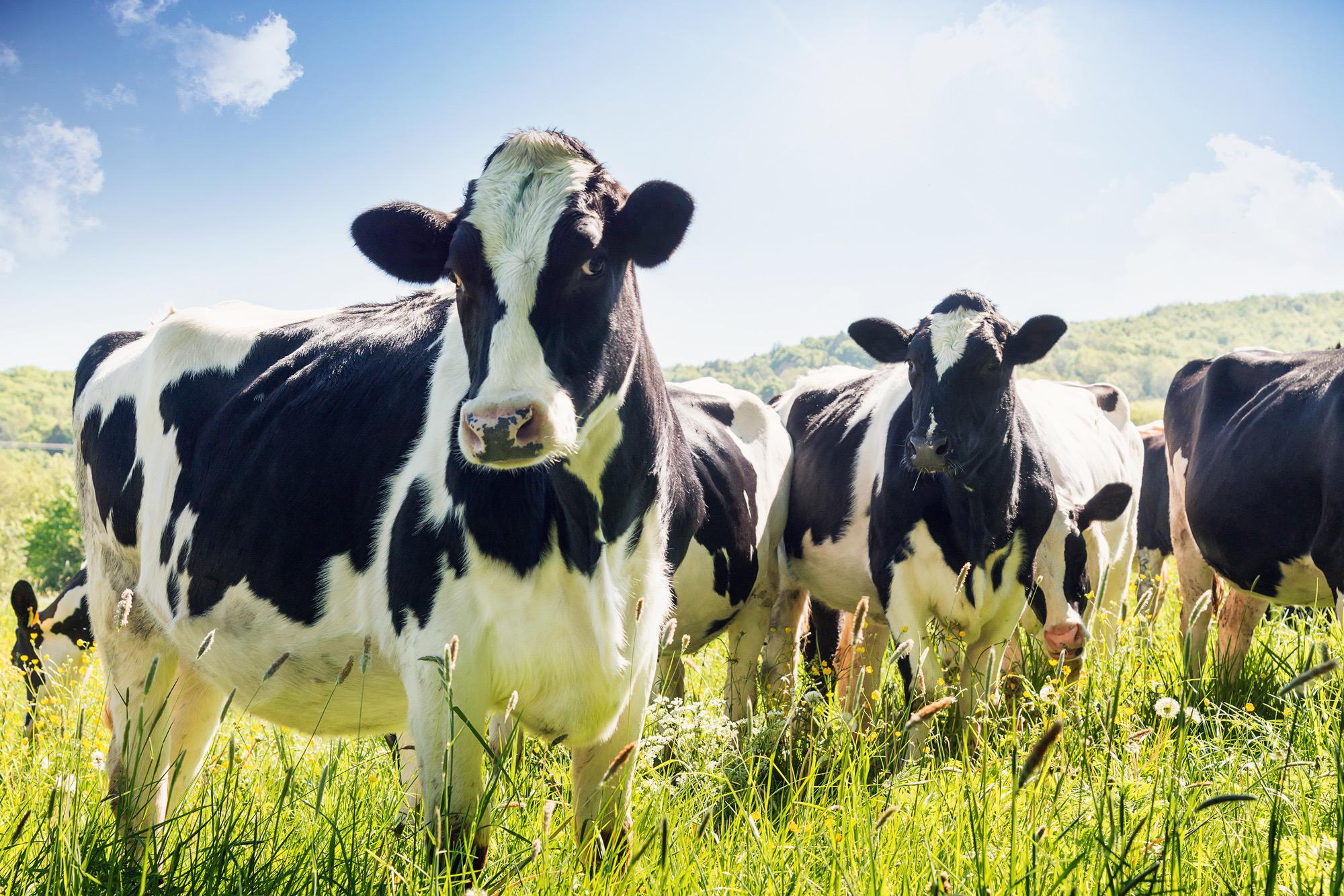


Milk is a type of dairy product –most commonly made from cows.
Milk is made up of 85-95% water with the rest being fats, proteins, carbohydrates &
Breeds of Dairy Cows: 6
1. Ayrshire
2. Brown Swiss
3. Guernsey
4. Holstein
5. Jersey


6. Milking Shorthorn
Holstein cows all have a unique pattern of spots!
1 cow produces around 6 gallons of milk per day.

Cows can SEE almost 360 degrees and SMELL up to 6 miles away!




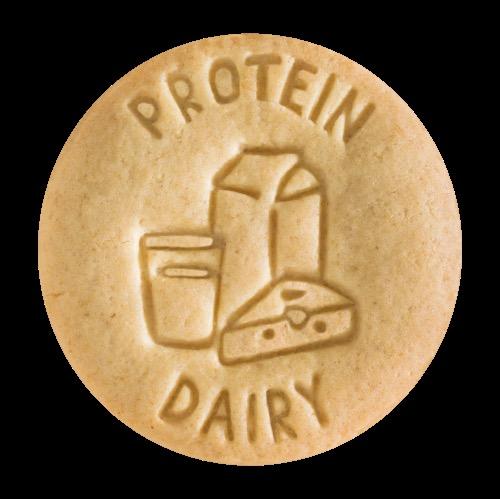




Protein builds, maintains and replaces the tissues in the body.
Protein helps to transport & store nutrients throughout the body.
18 - 20% of the body is protein.
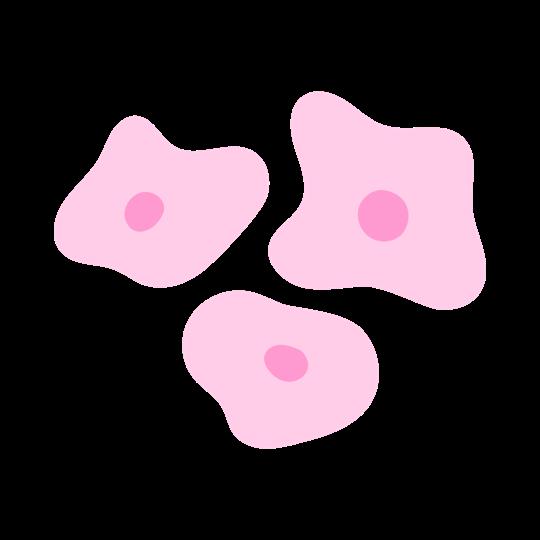
EVERY cell in the human body contains protein.
The body cannot store protein long term… which is why protein needs to be consumed daily.

Protein is made

blocks.
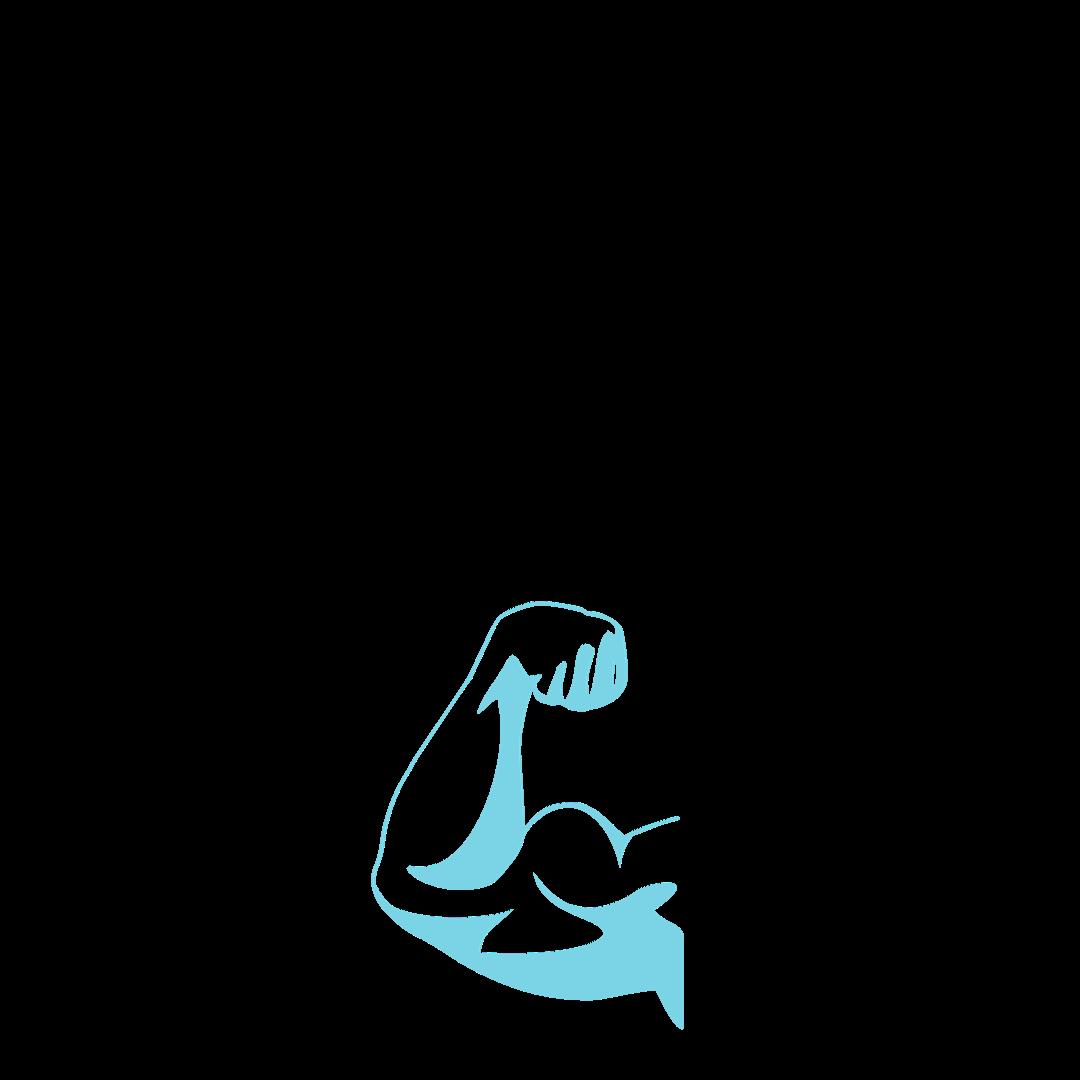
Protein plays a big role in building and repairing muscles.
Protein is a MACRONUTRIENT . A macronutrient is a nutrient that the body needs in LARGE
Protein helps maintain fluid balance throughout the body.




Calcium supports healthy bones & teeth as well as proper blood & muscle



th most abundant chemical element in the Earth’s crust.

Calcium helps keep muscles

99% of the body’s calcium is stored in the bones


Calcium also supports heart health . blood, muscles & other tissues.

Calcium helps form bones and teeth and keep them healthy.
Calcium helps to heal cuts & wounds.
Calcium is the MOST abundant mineral in the human body.



